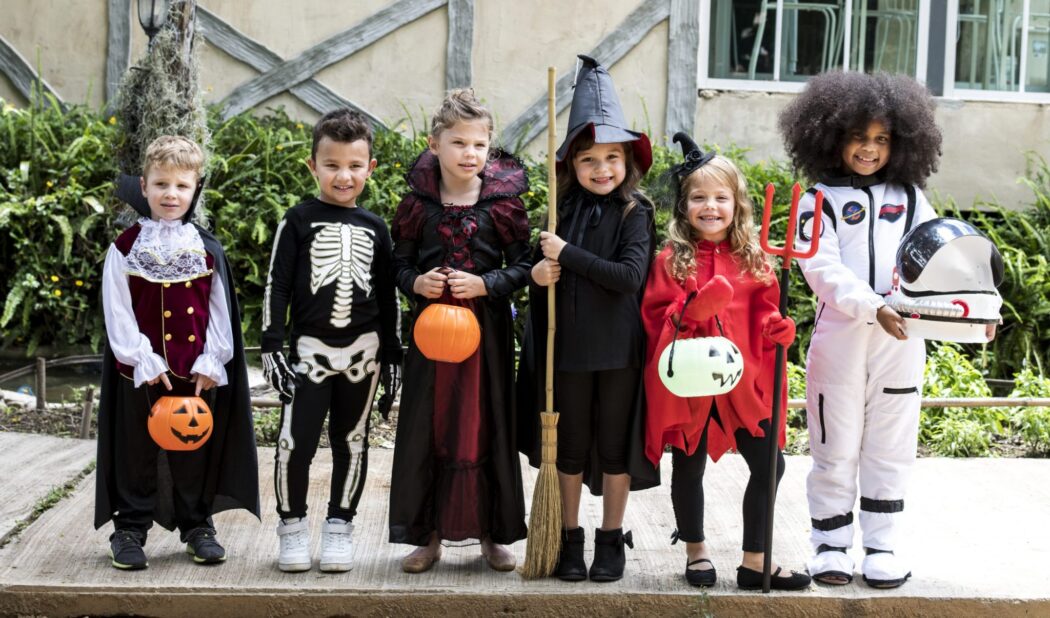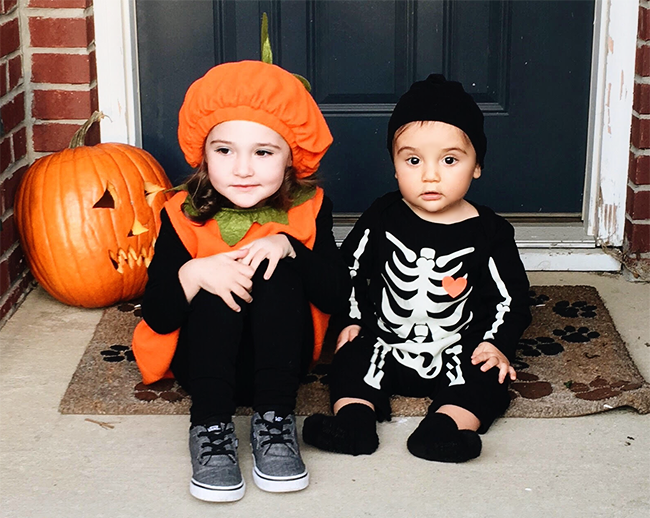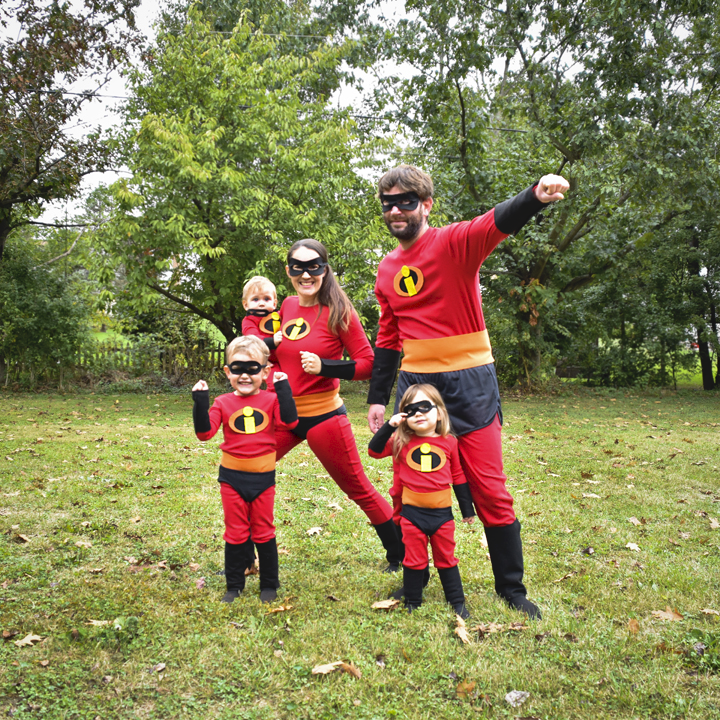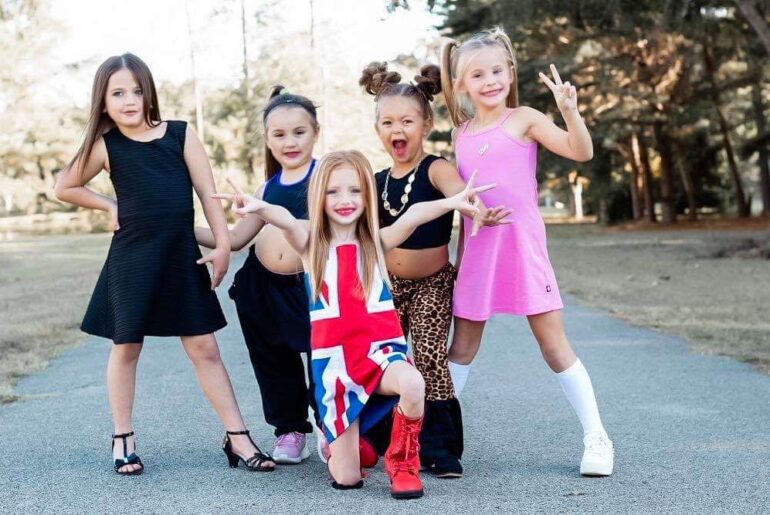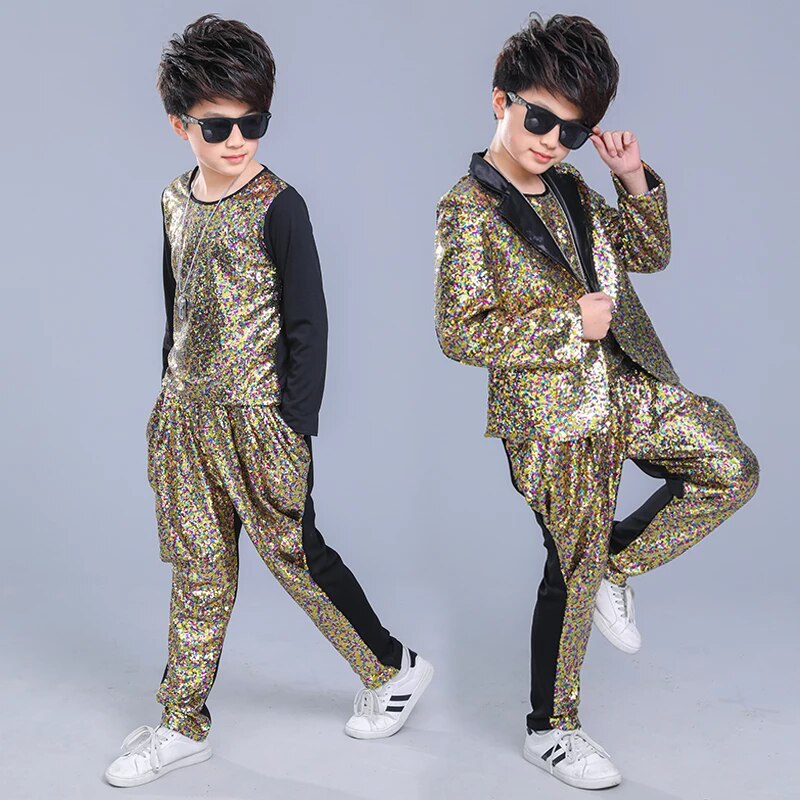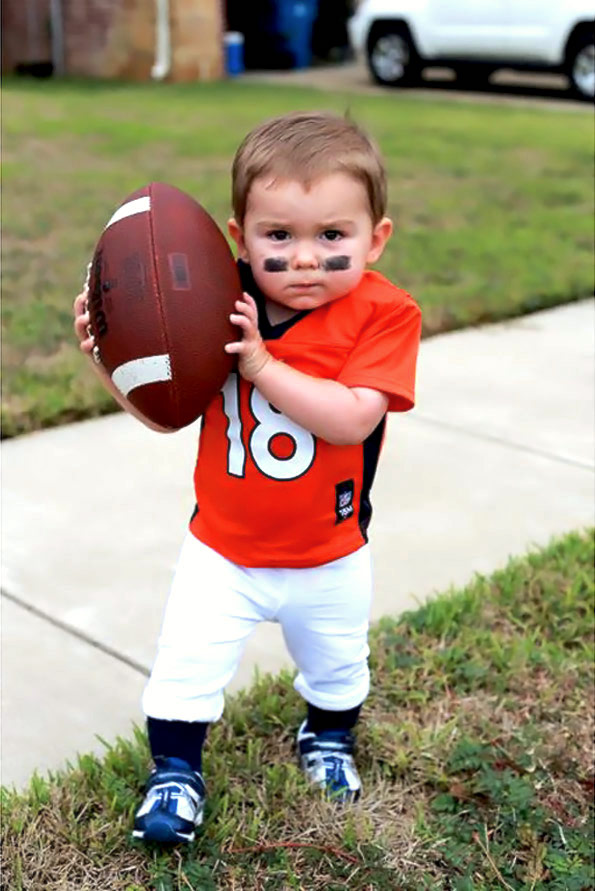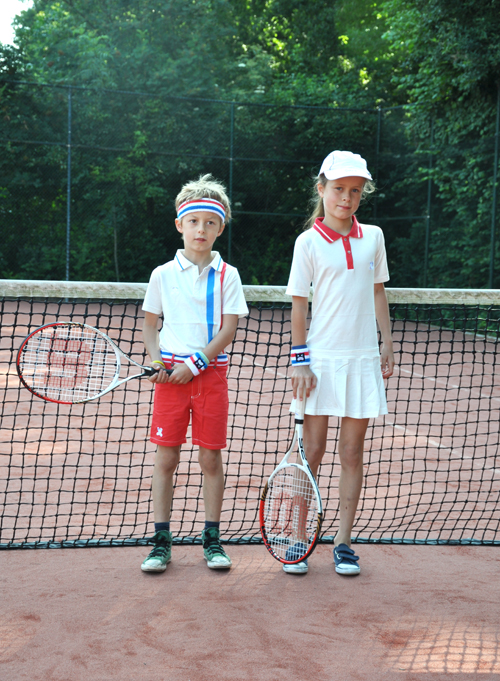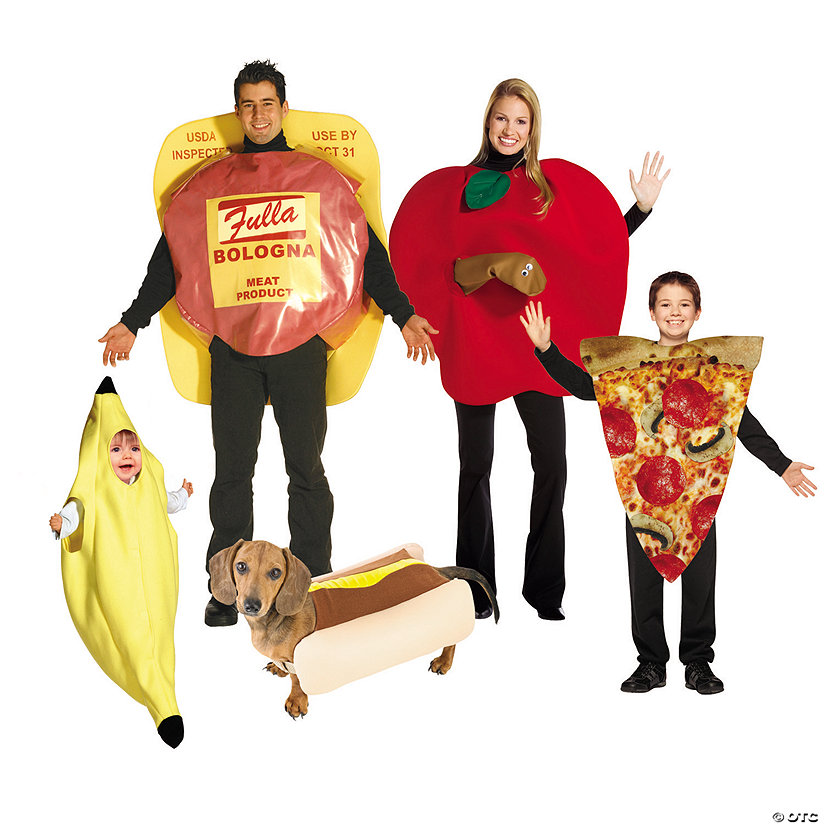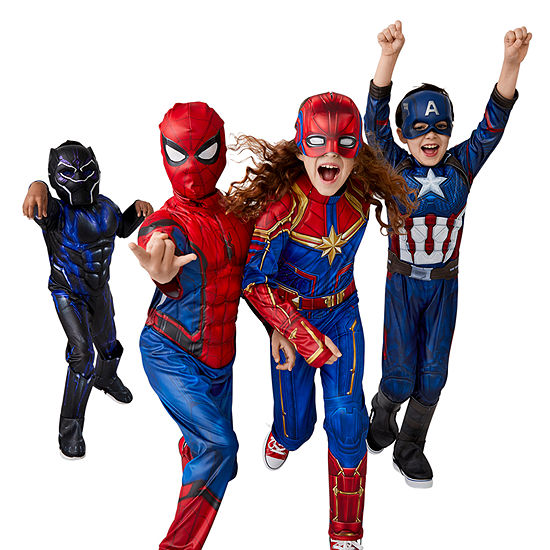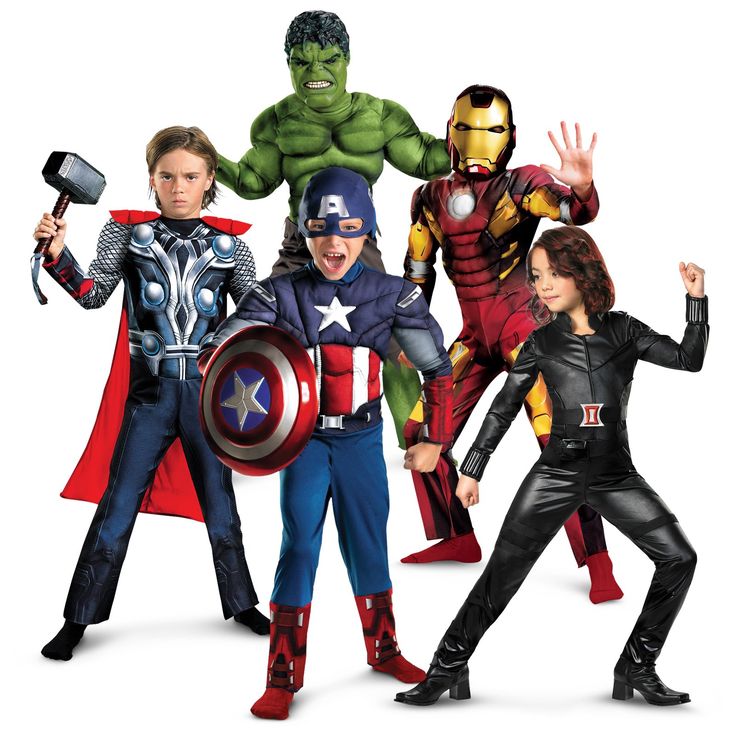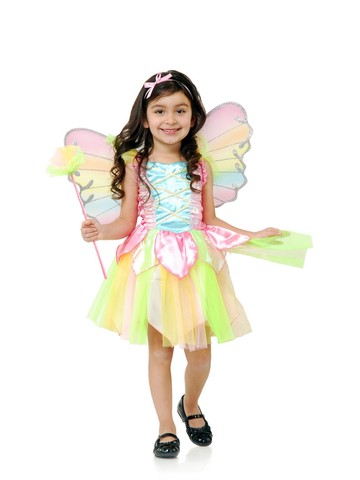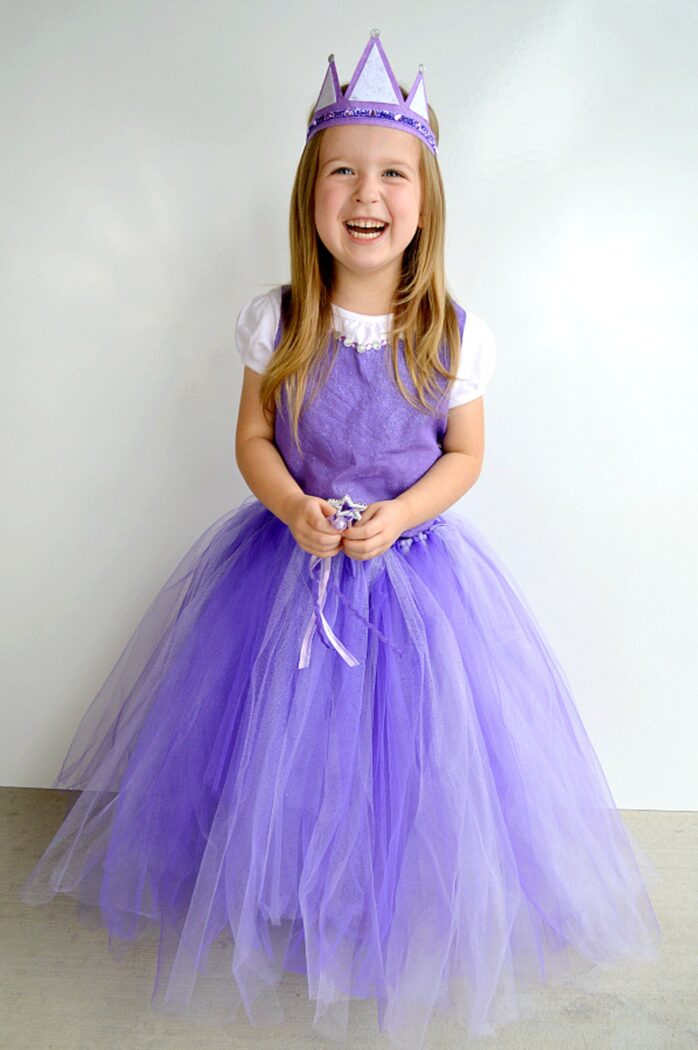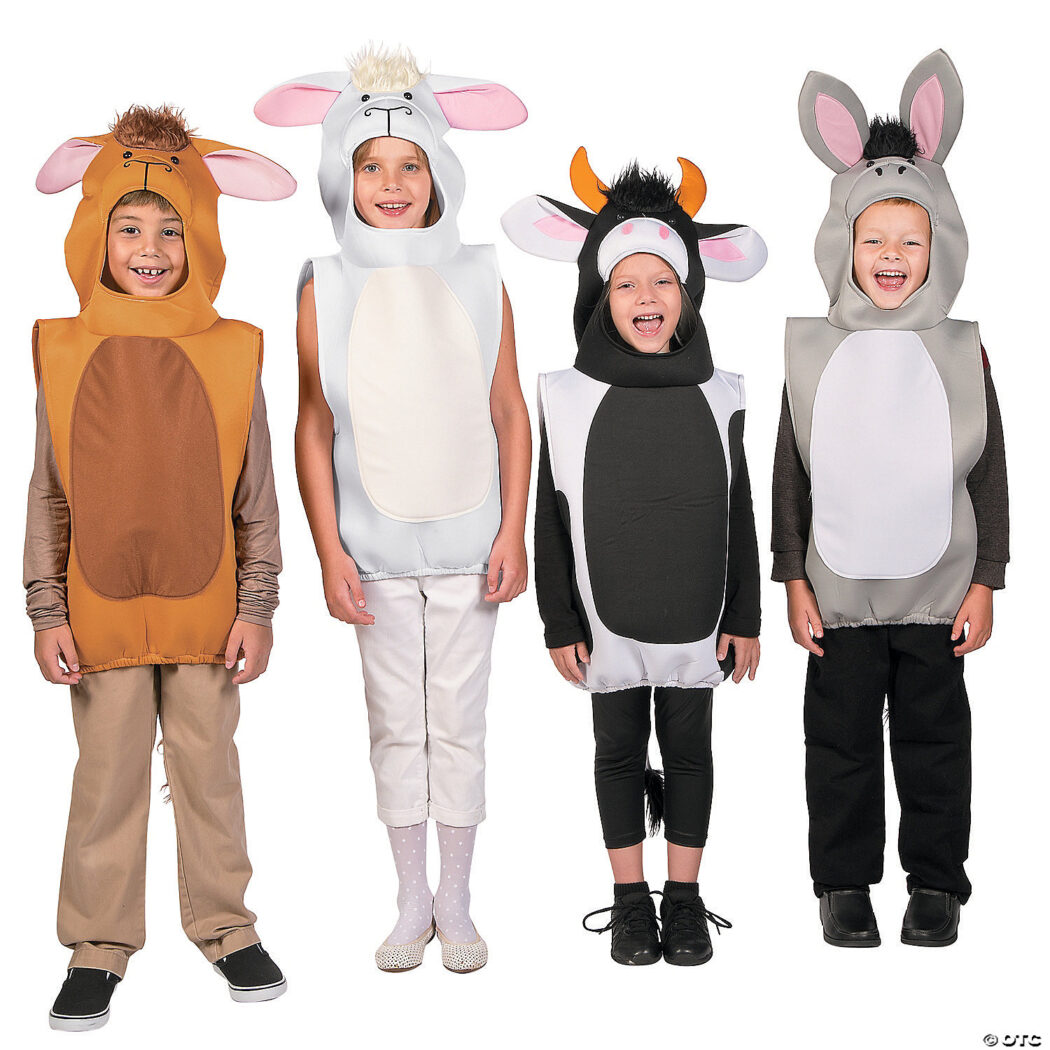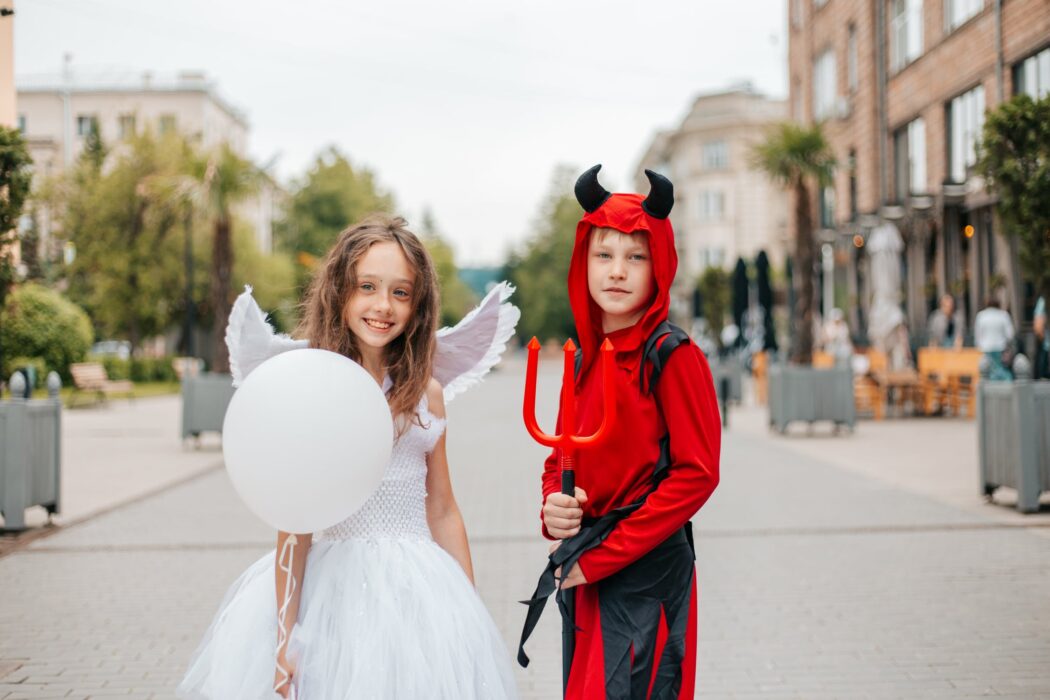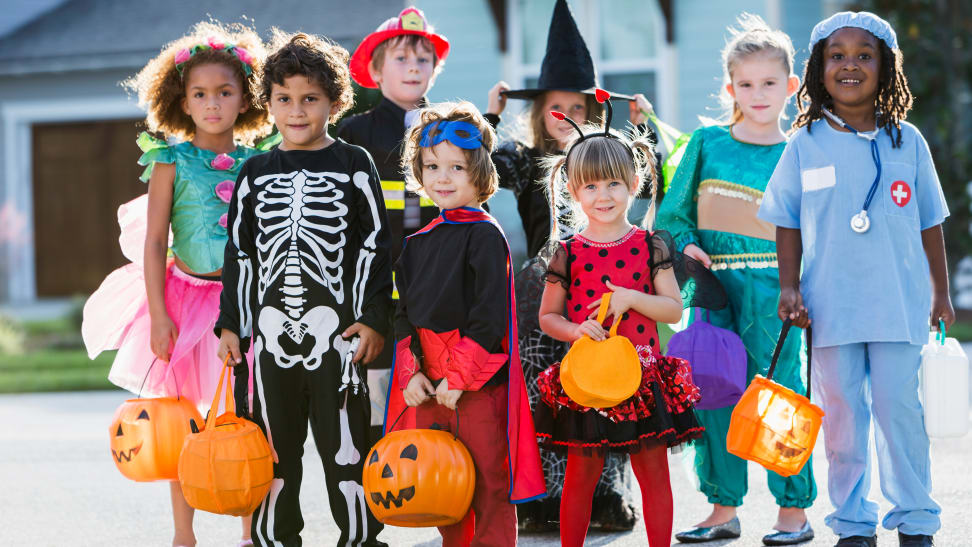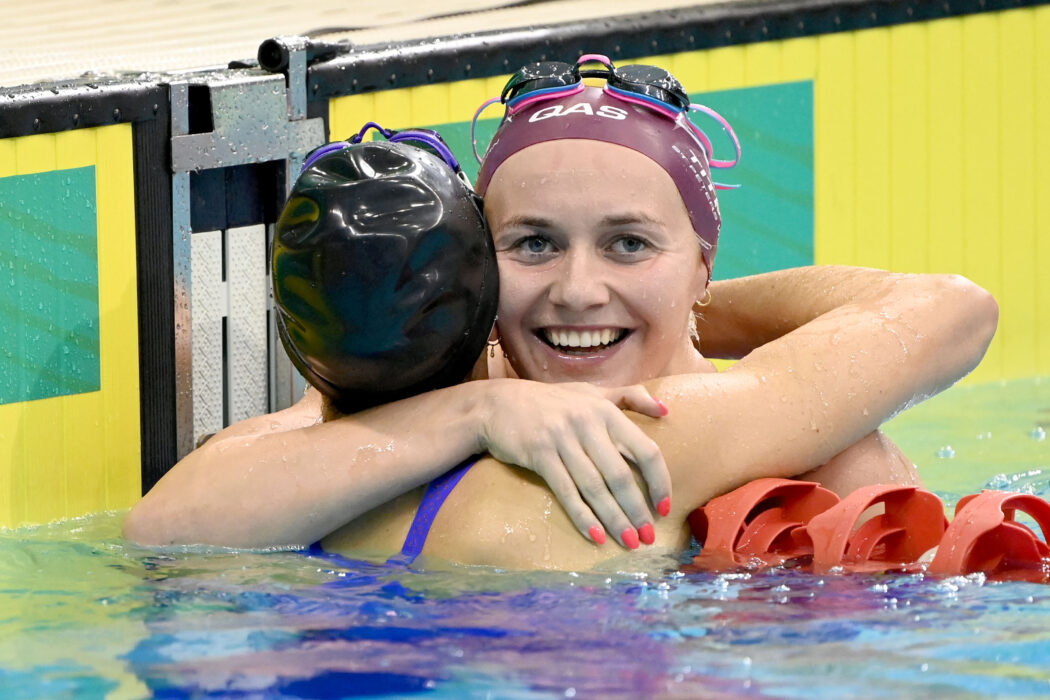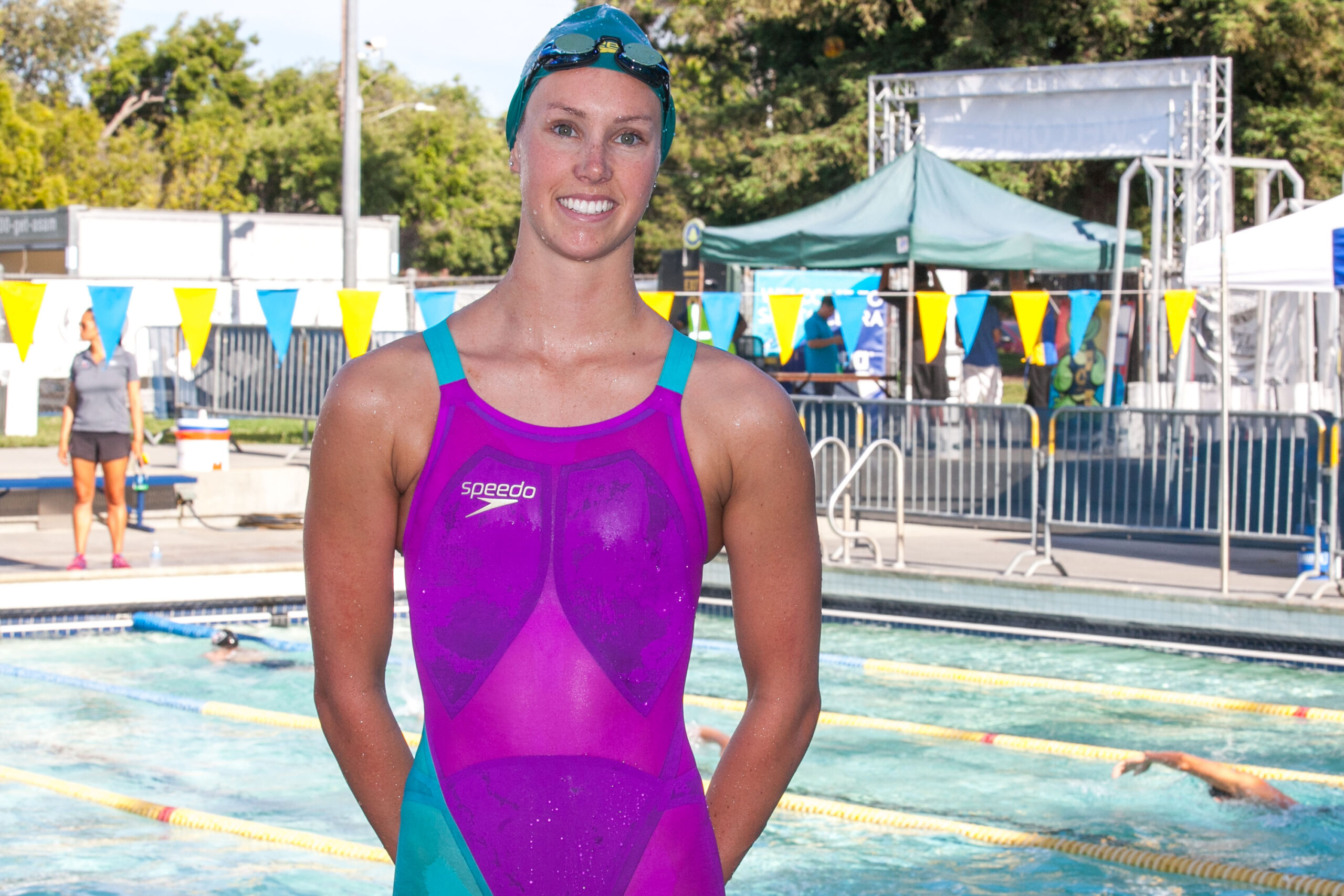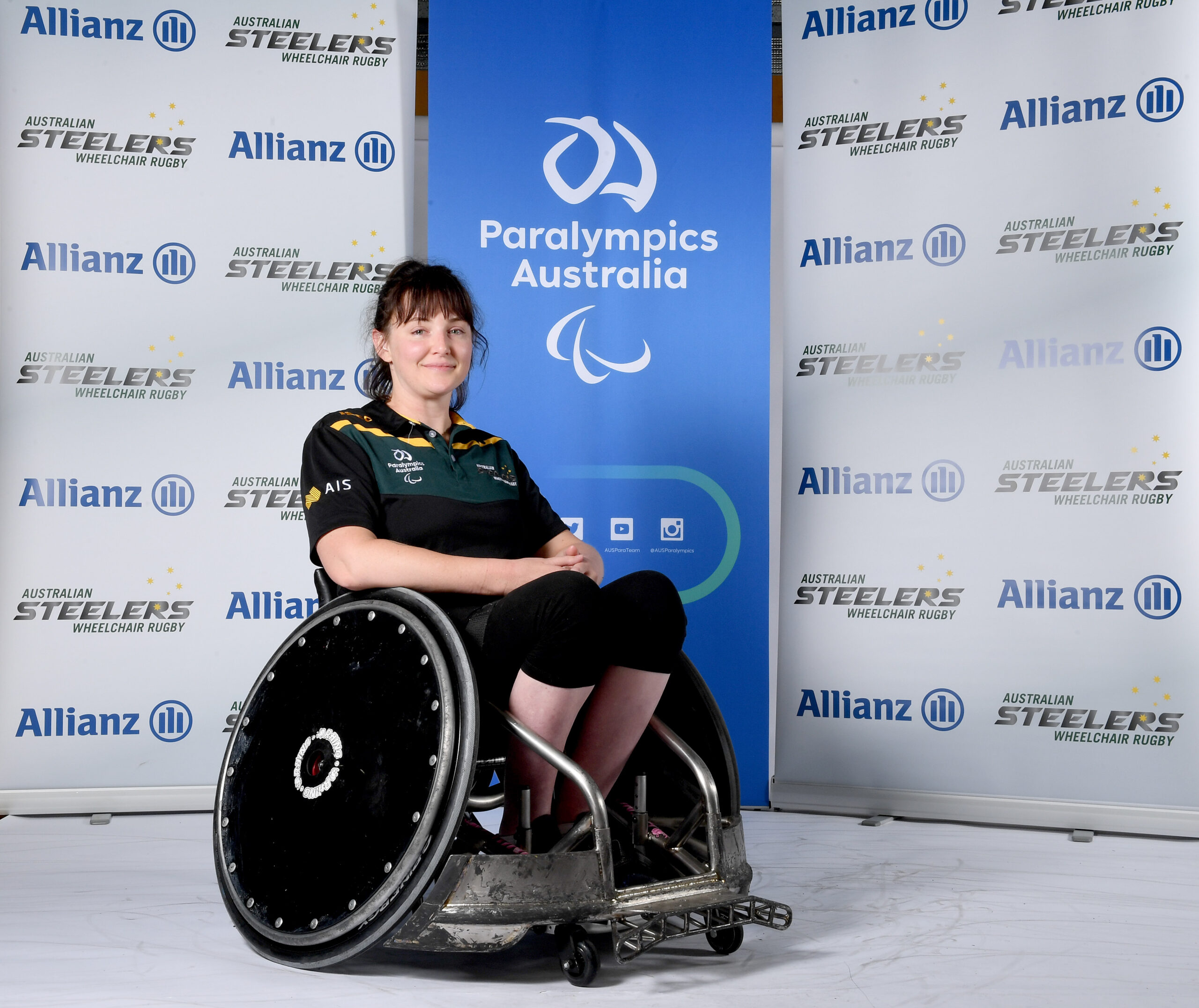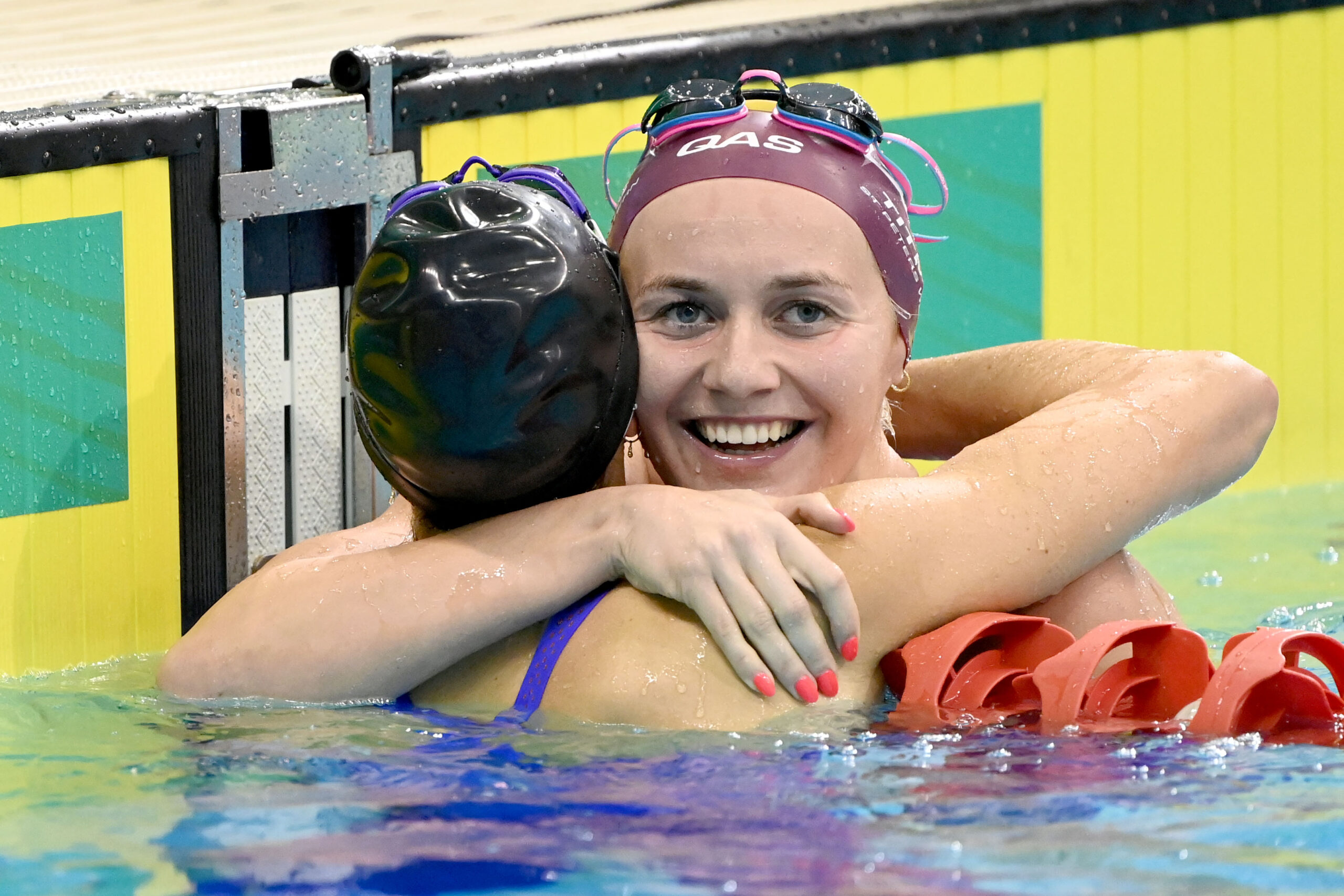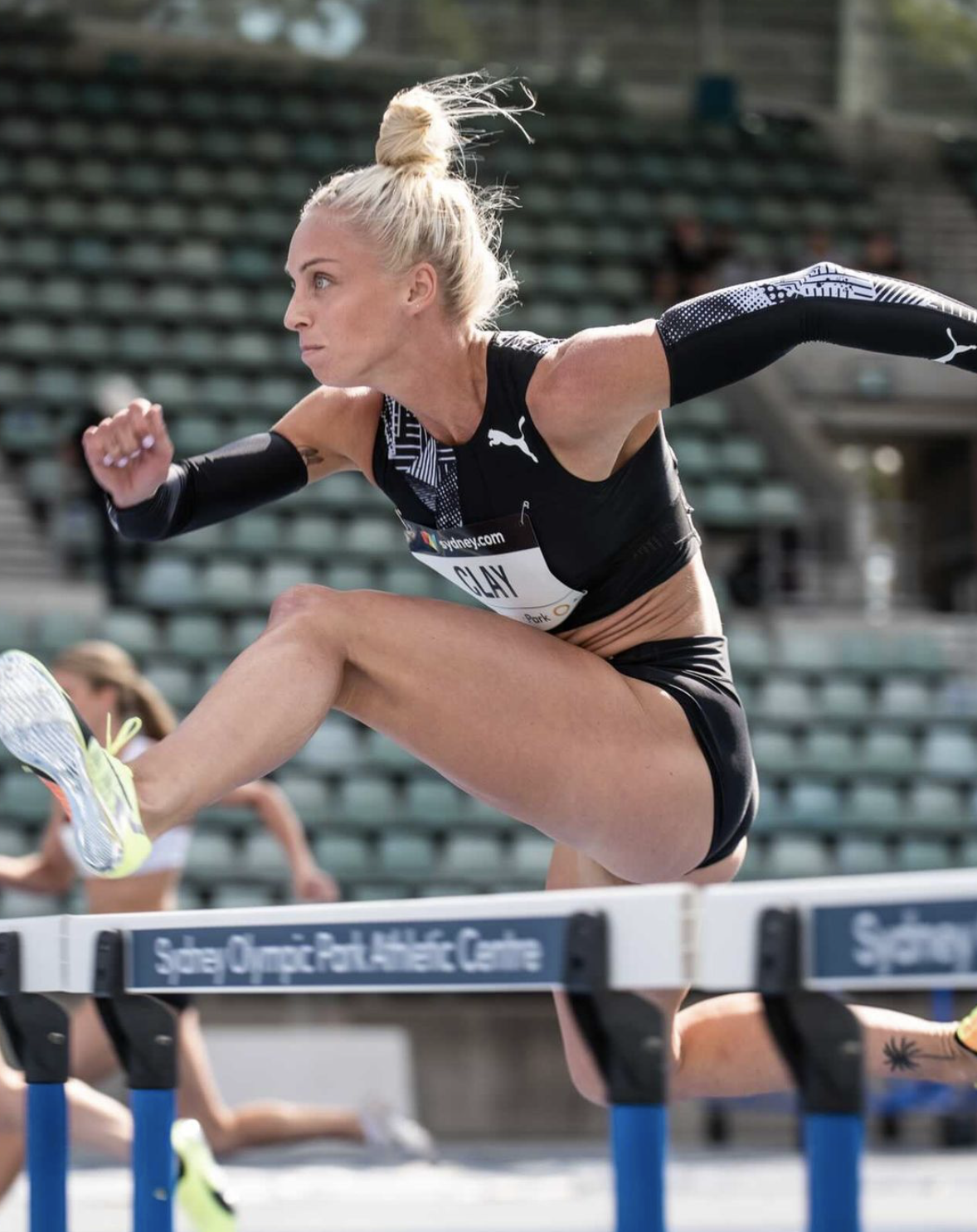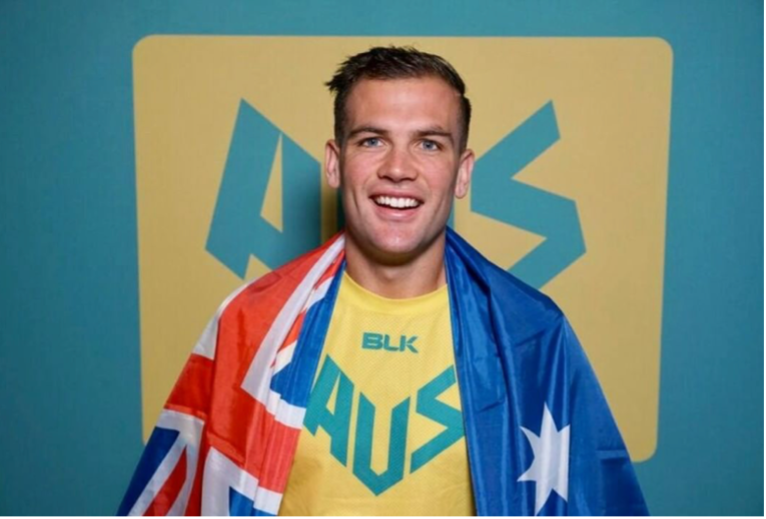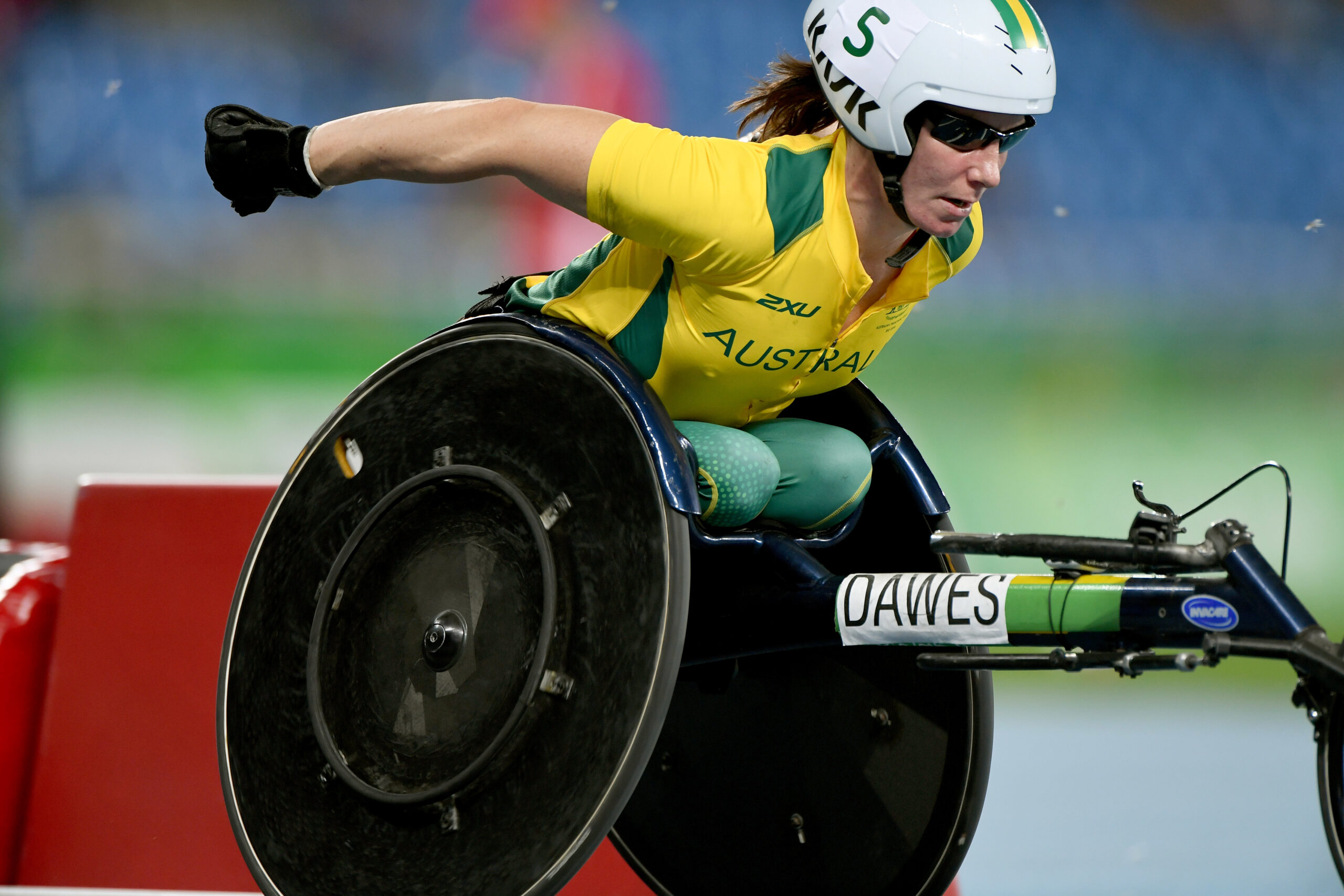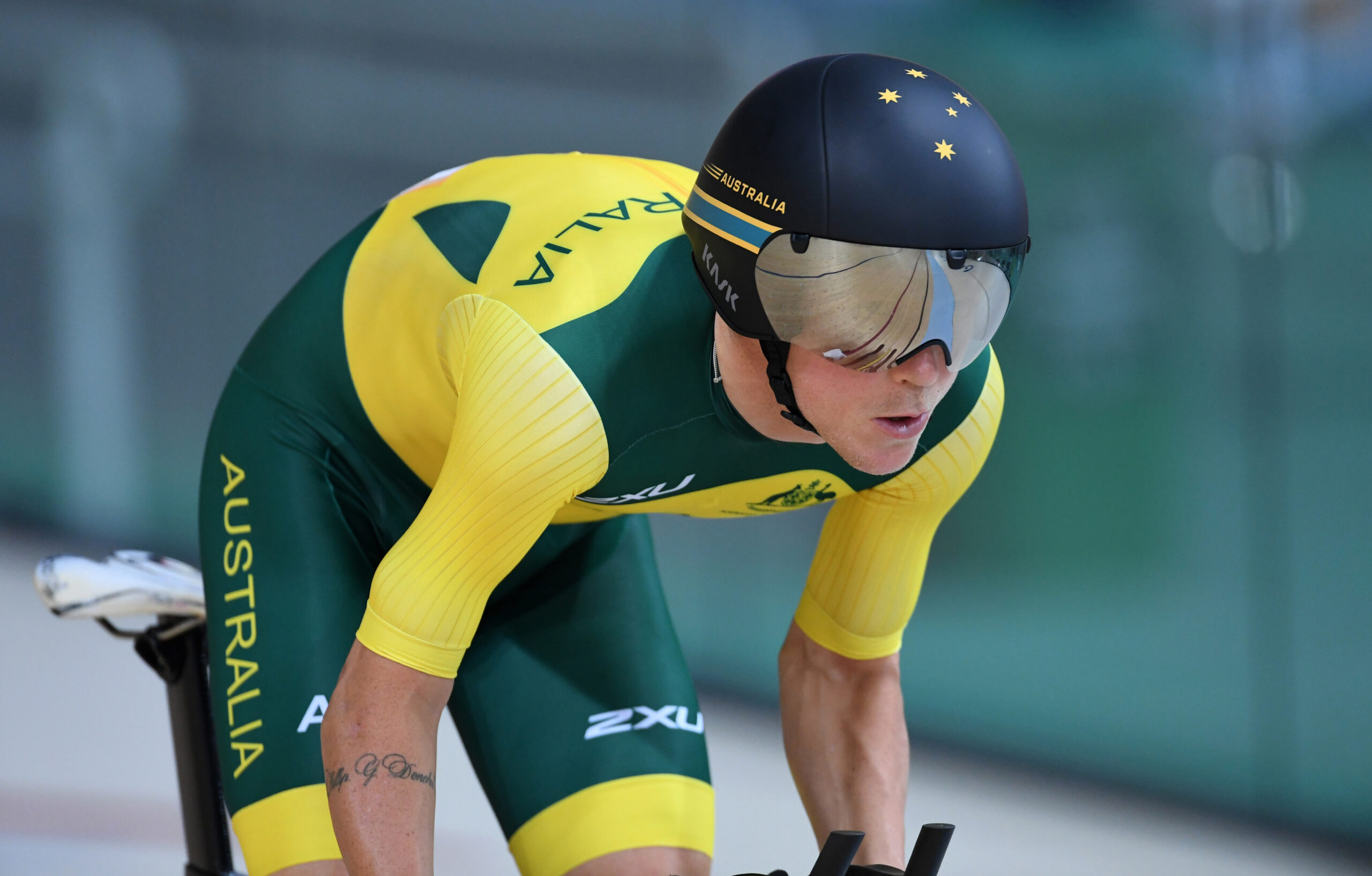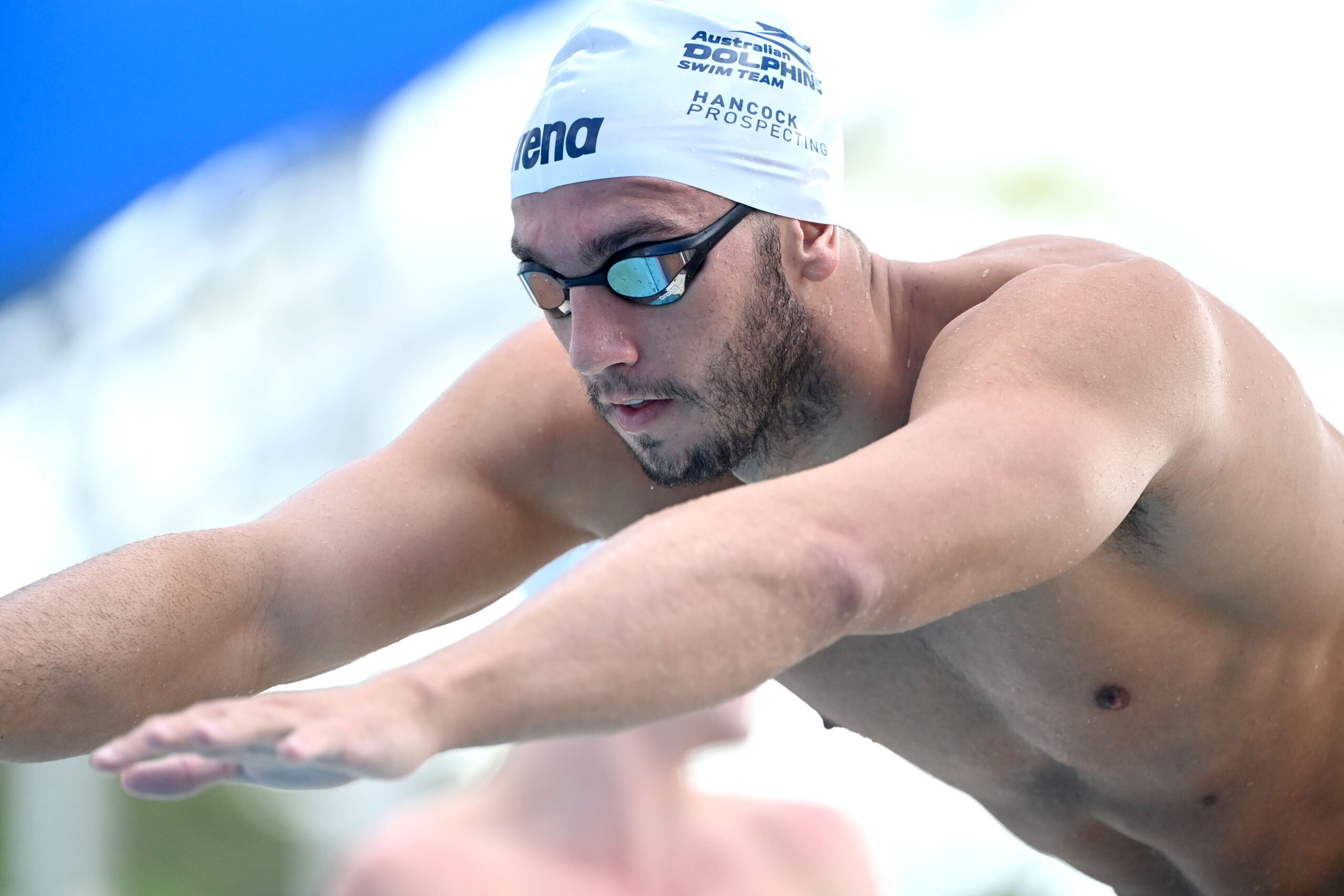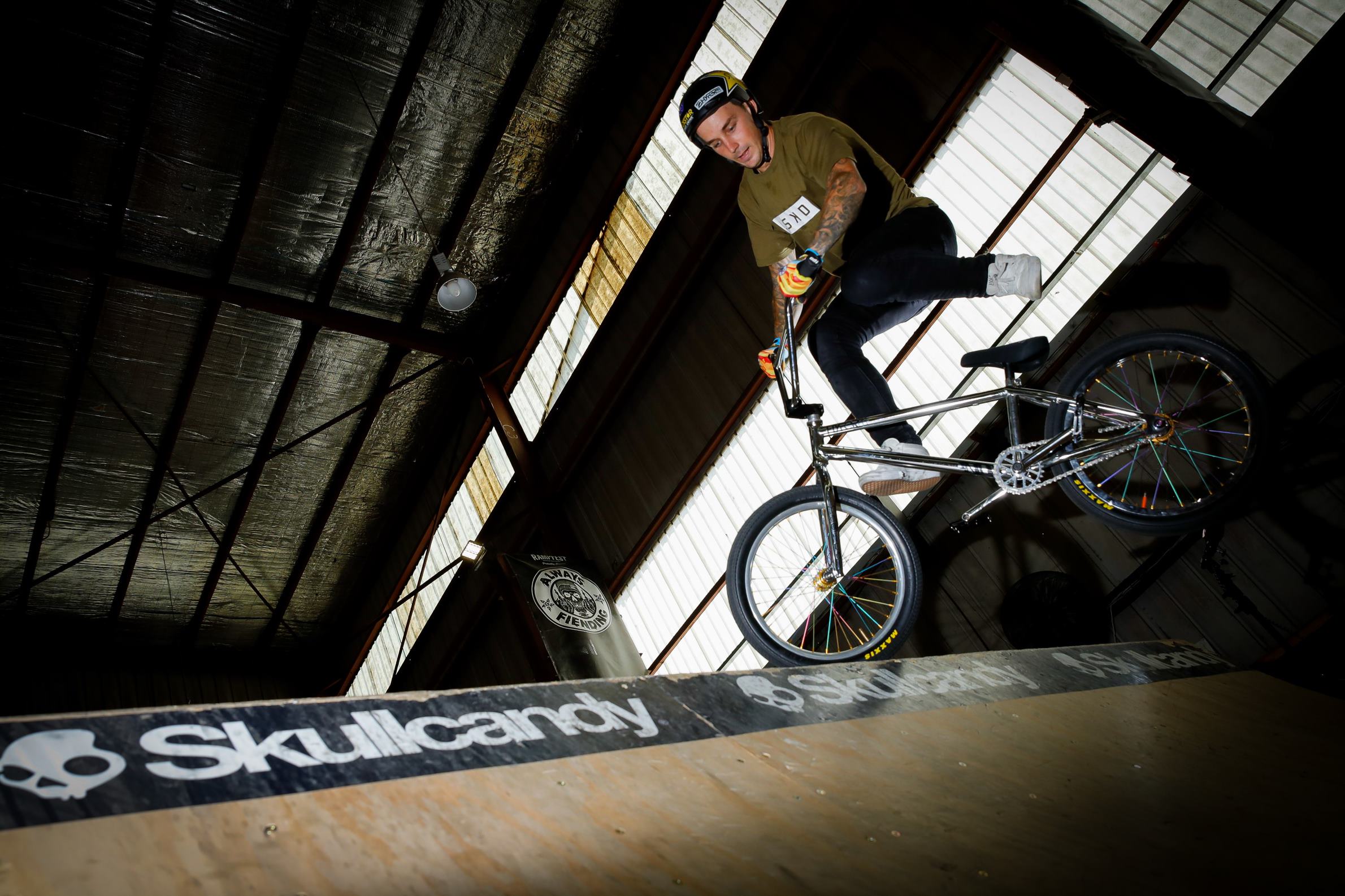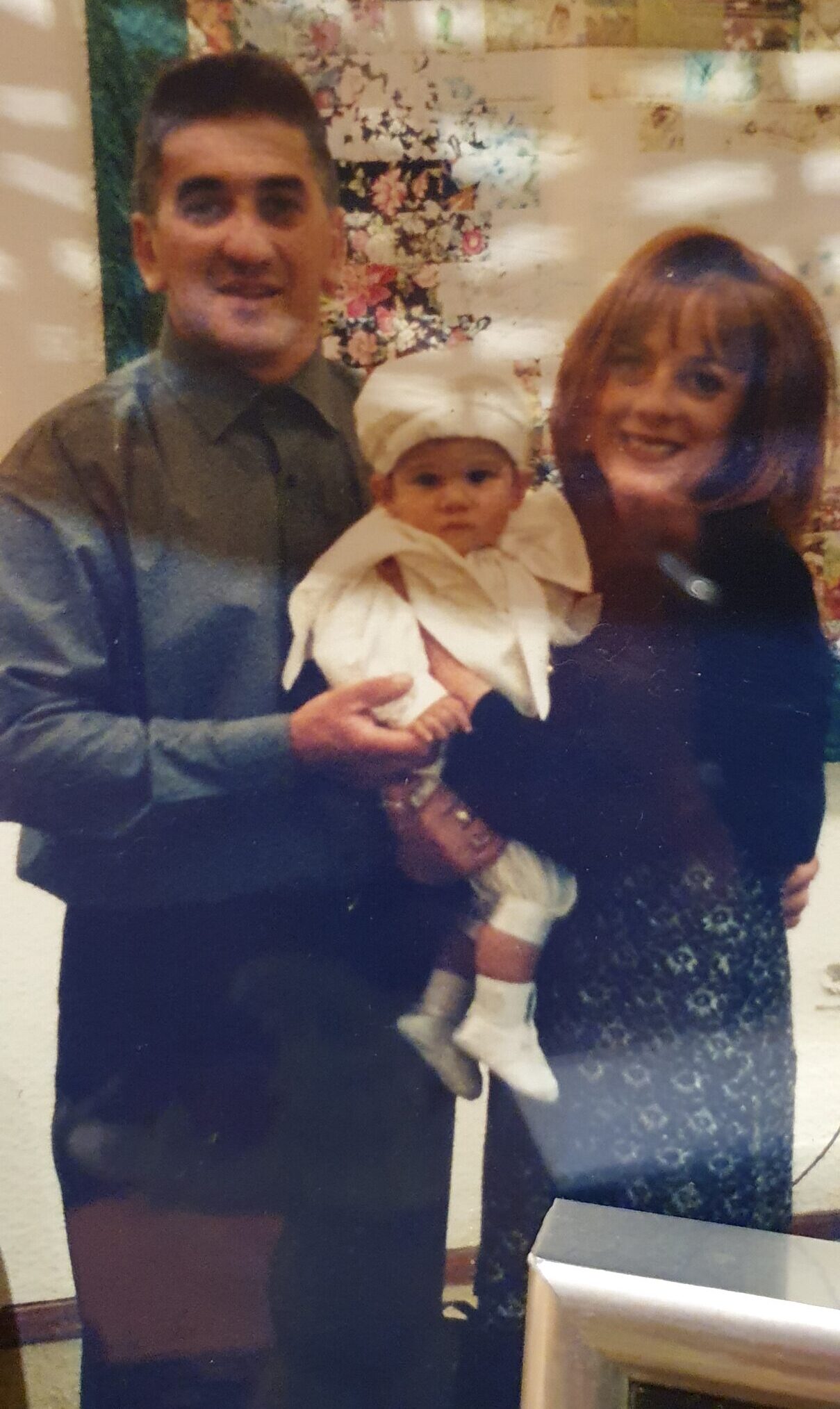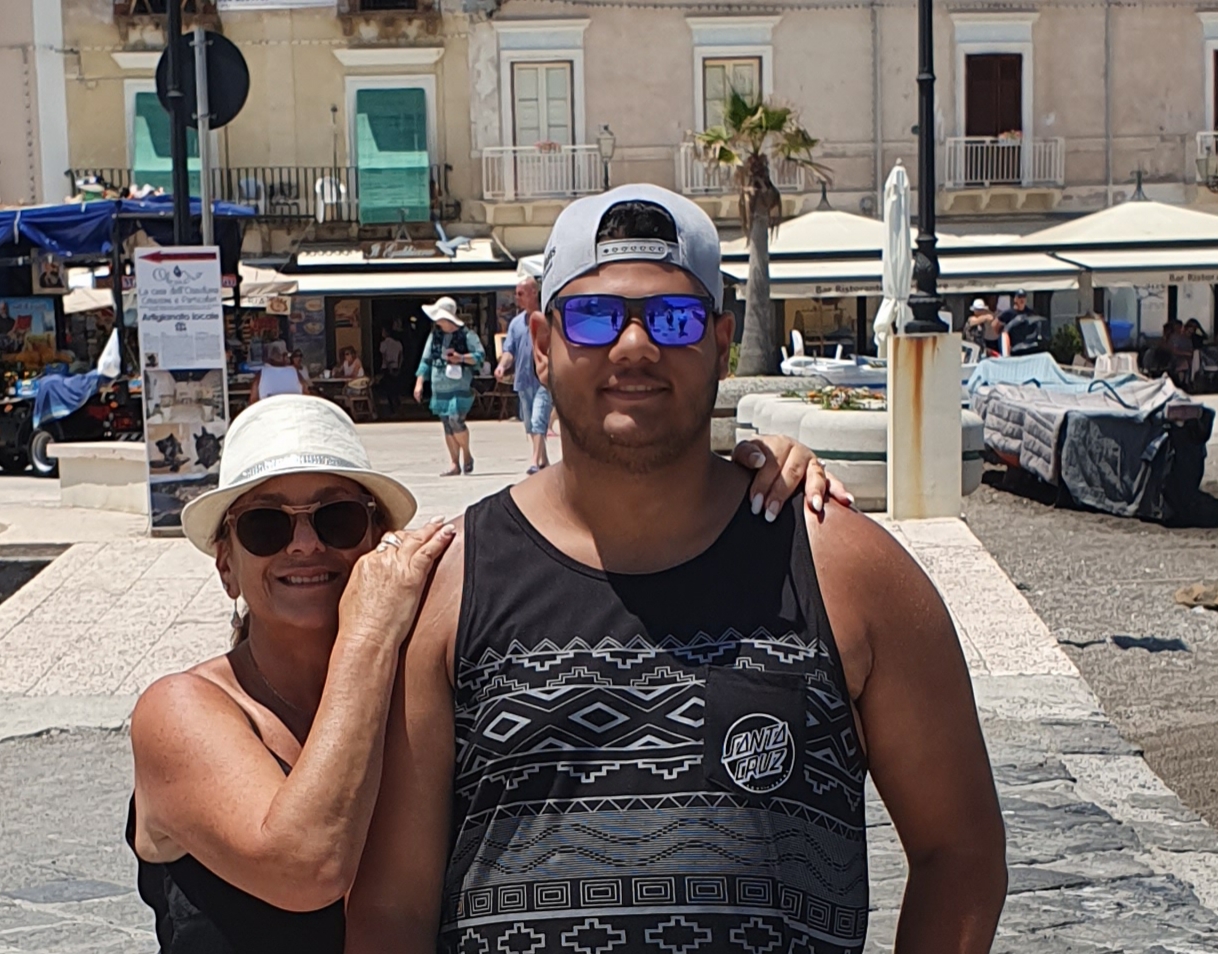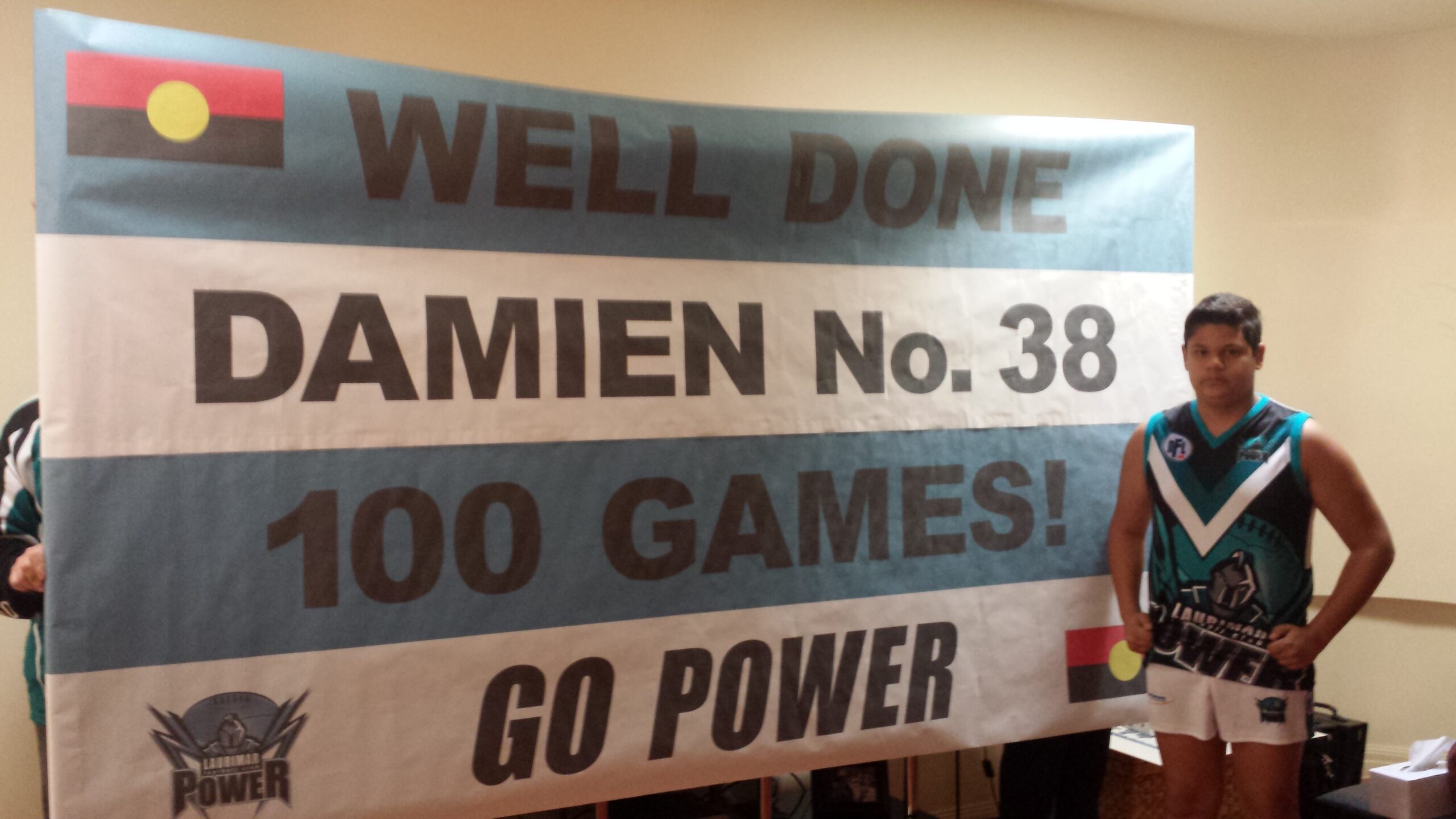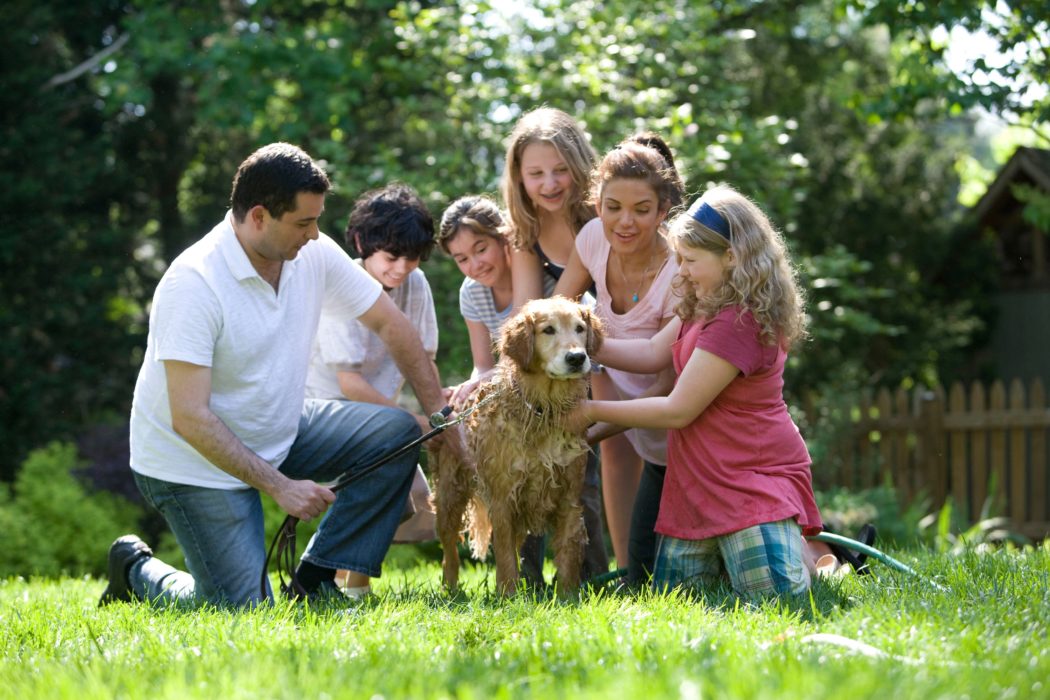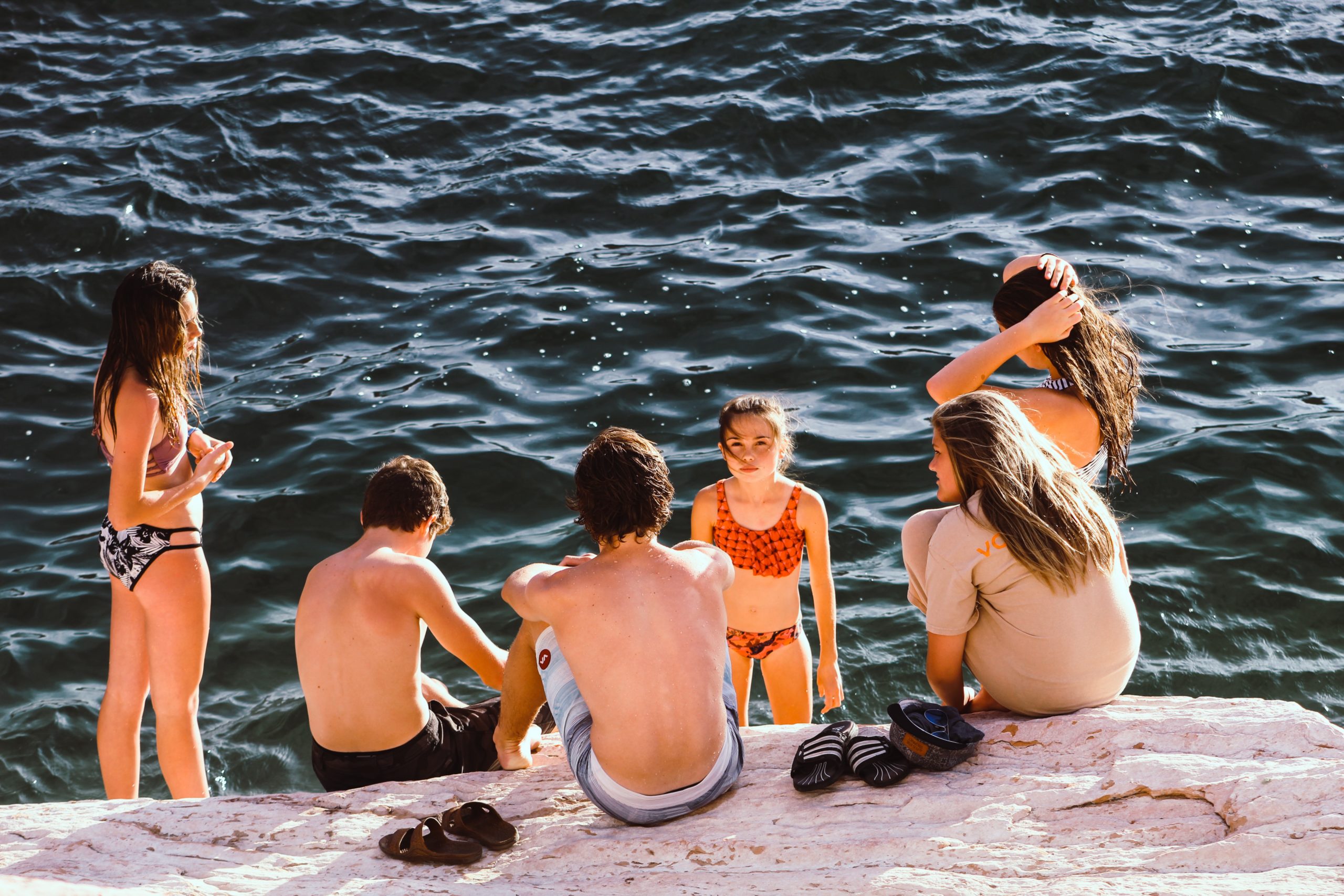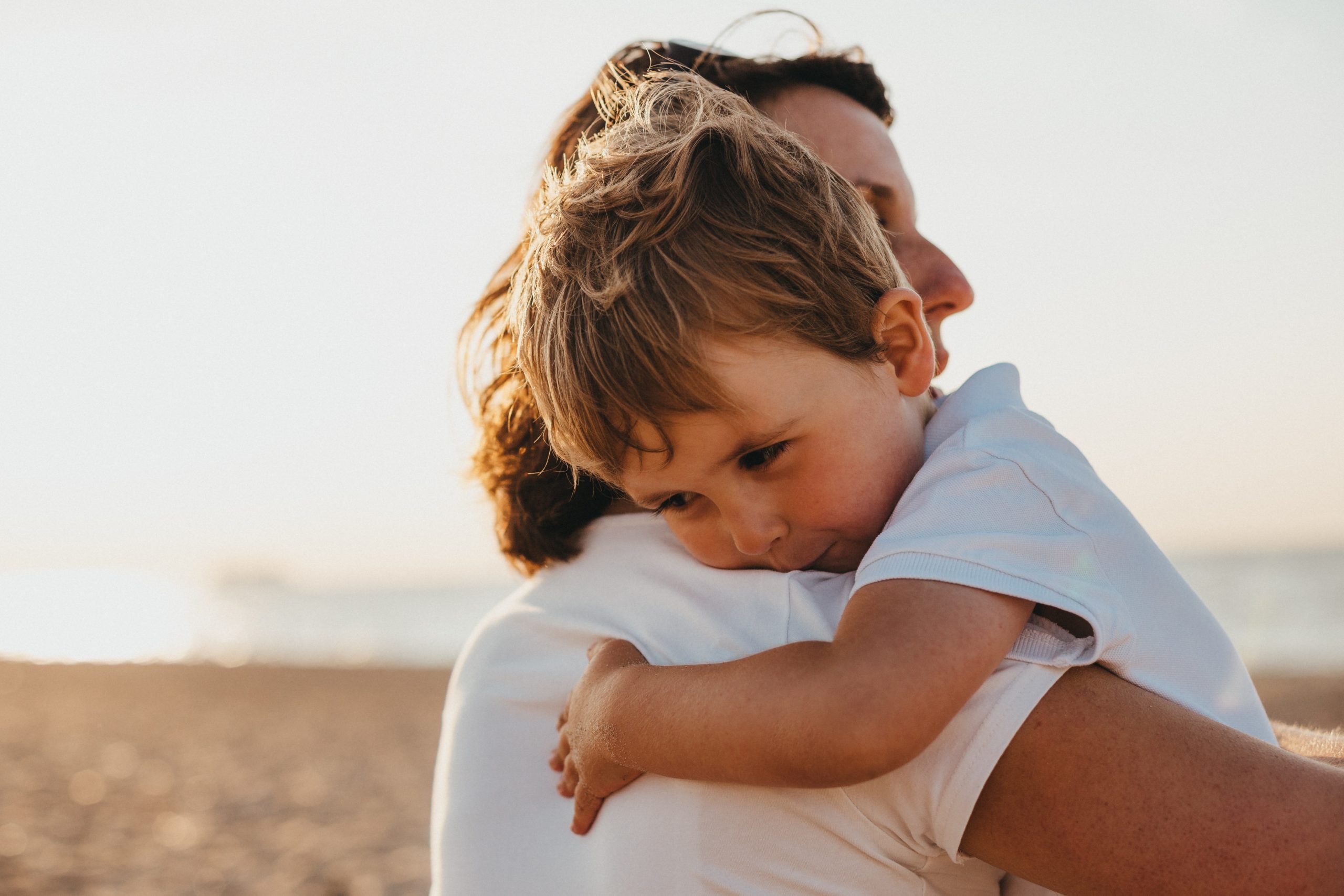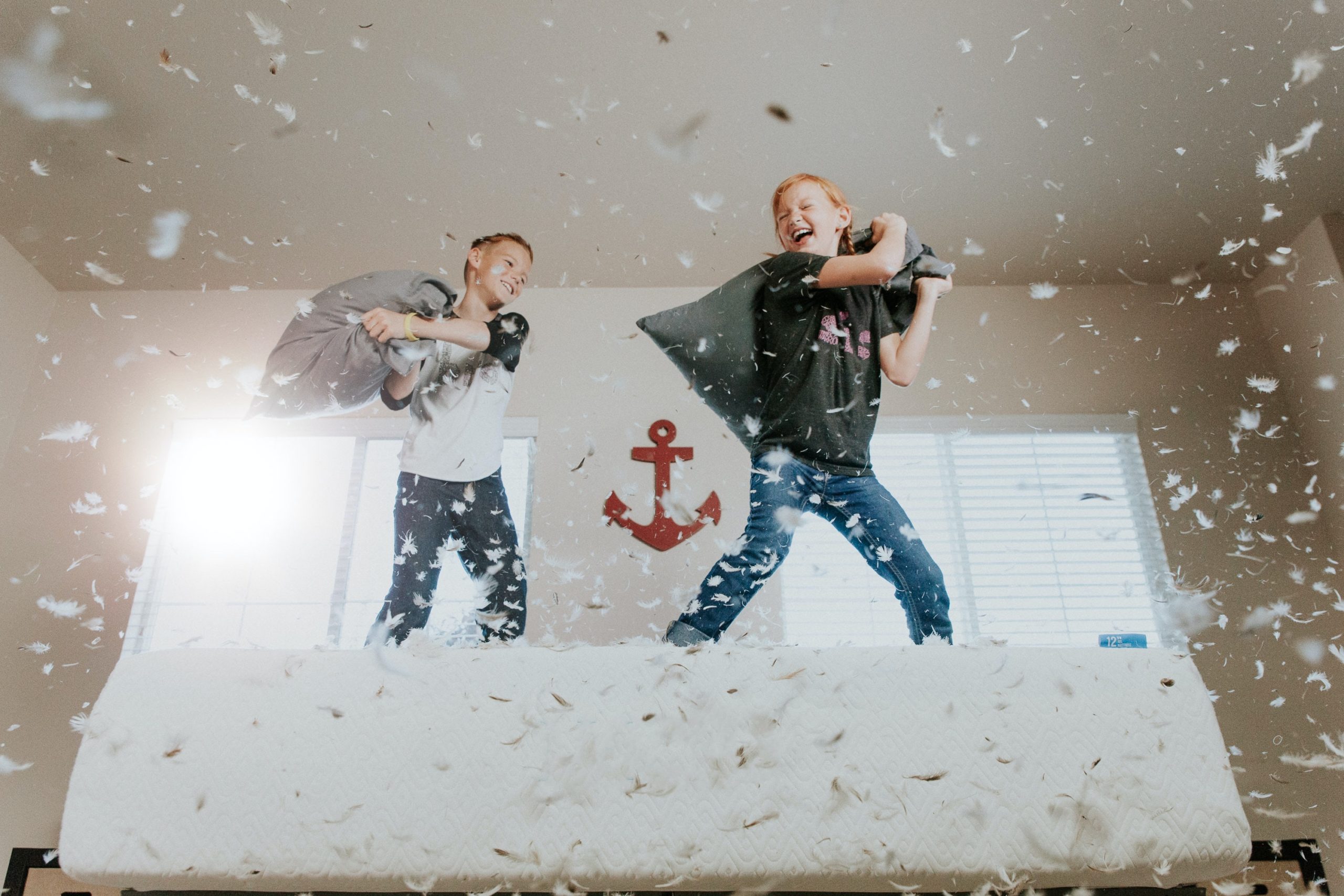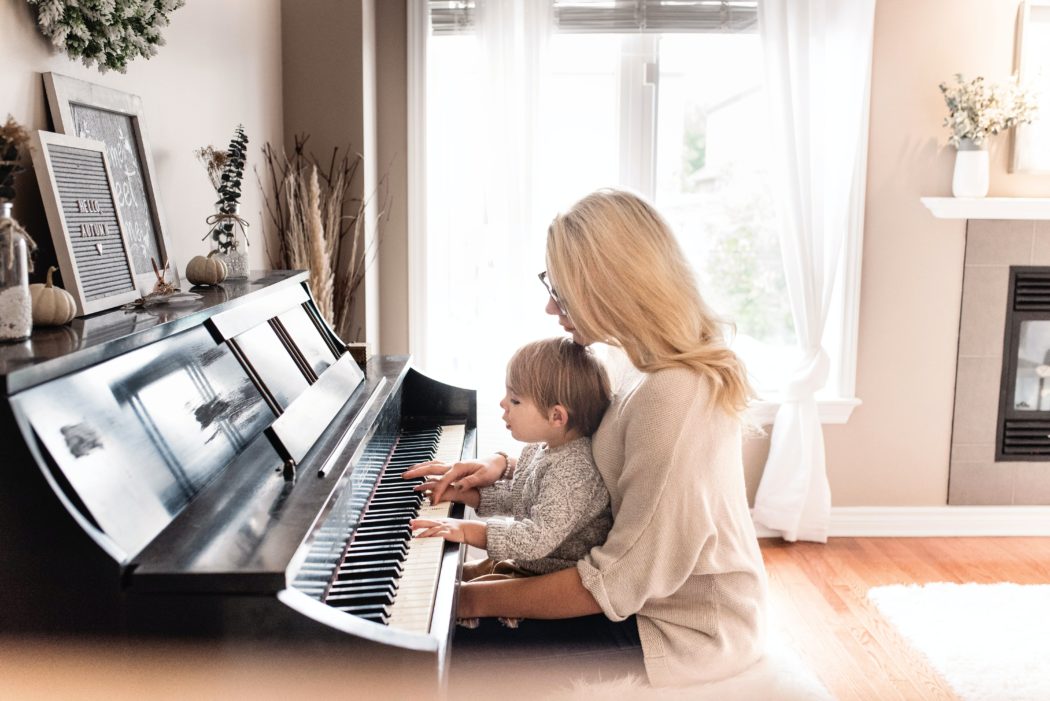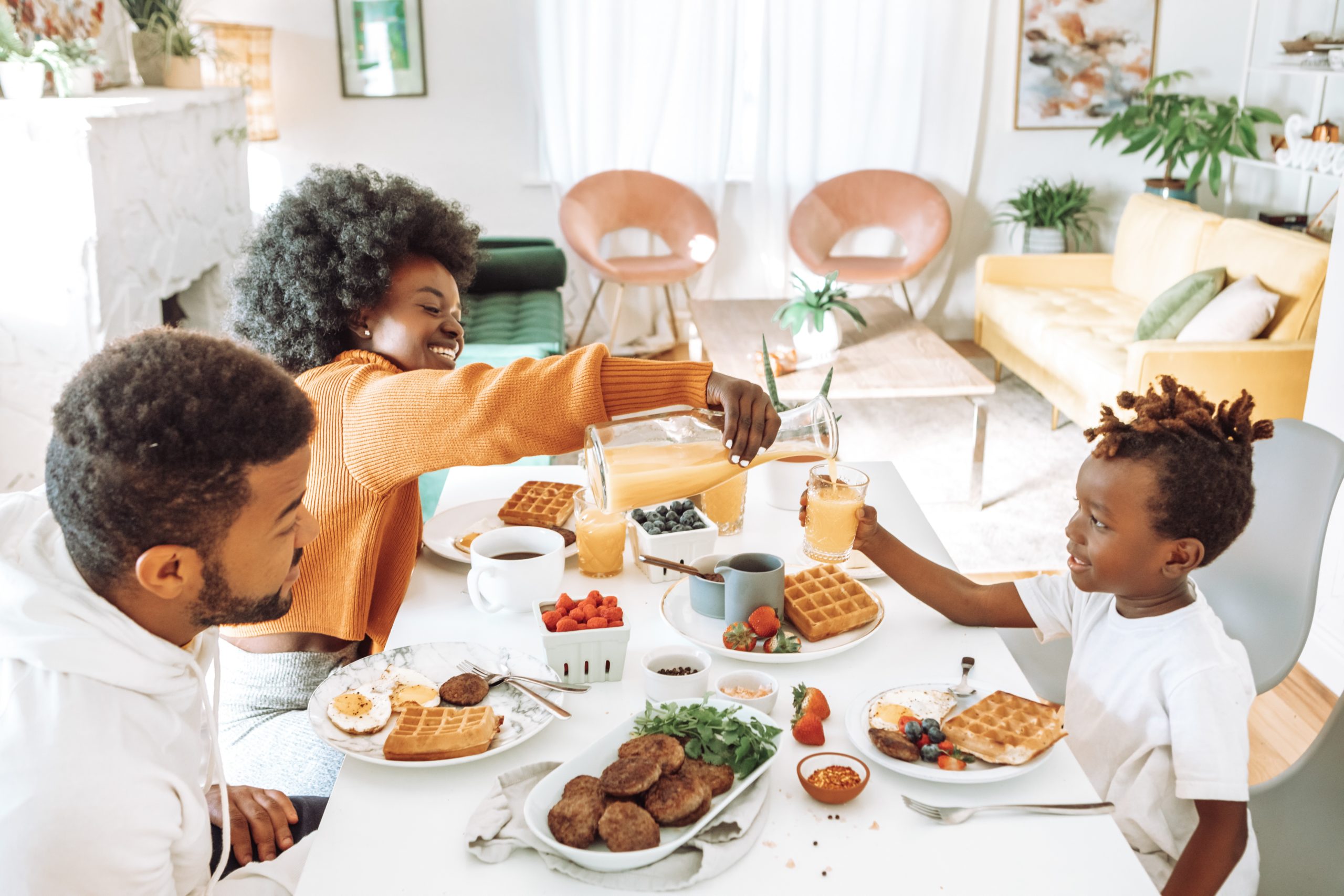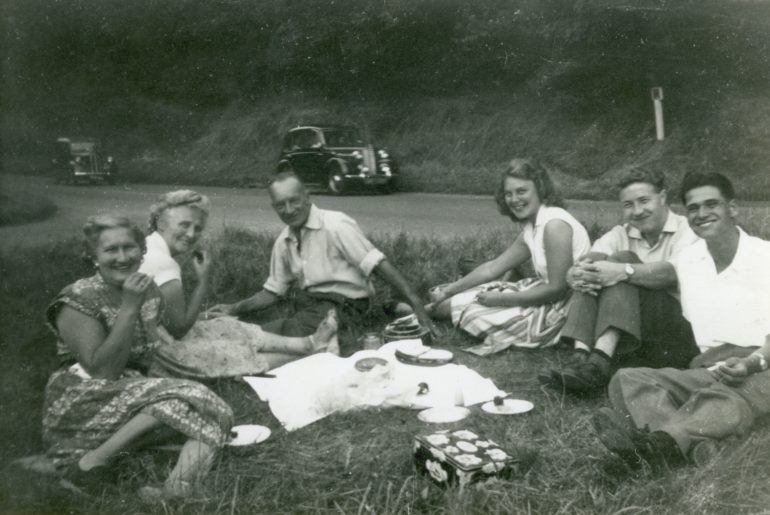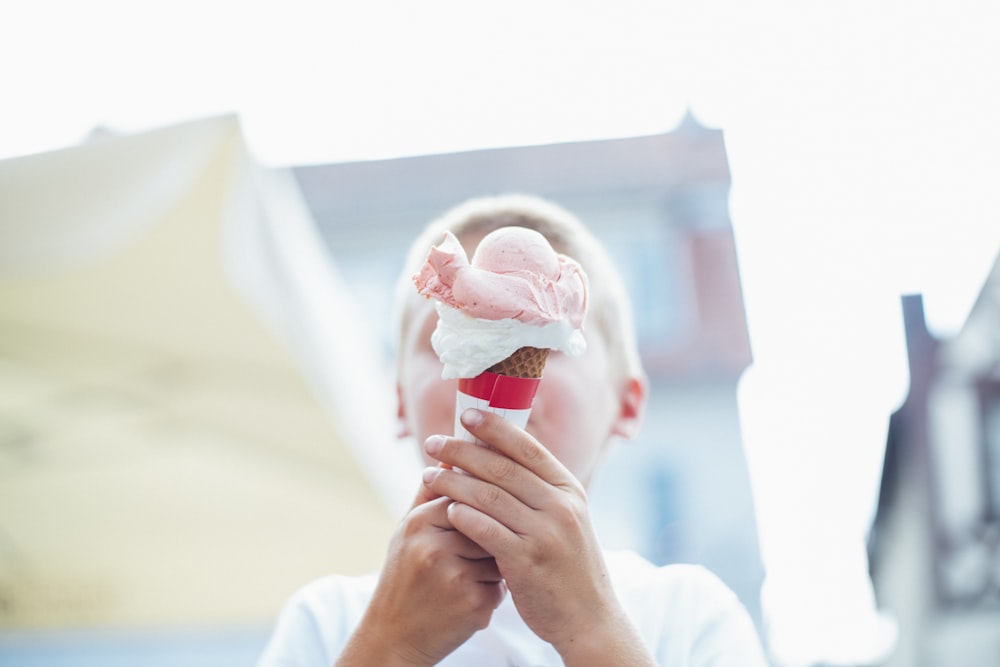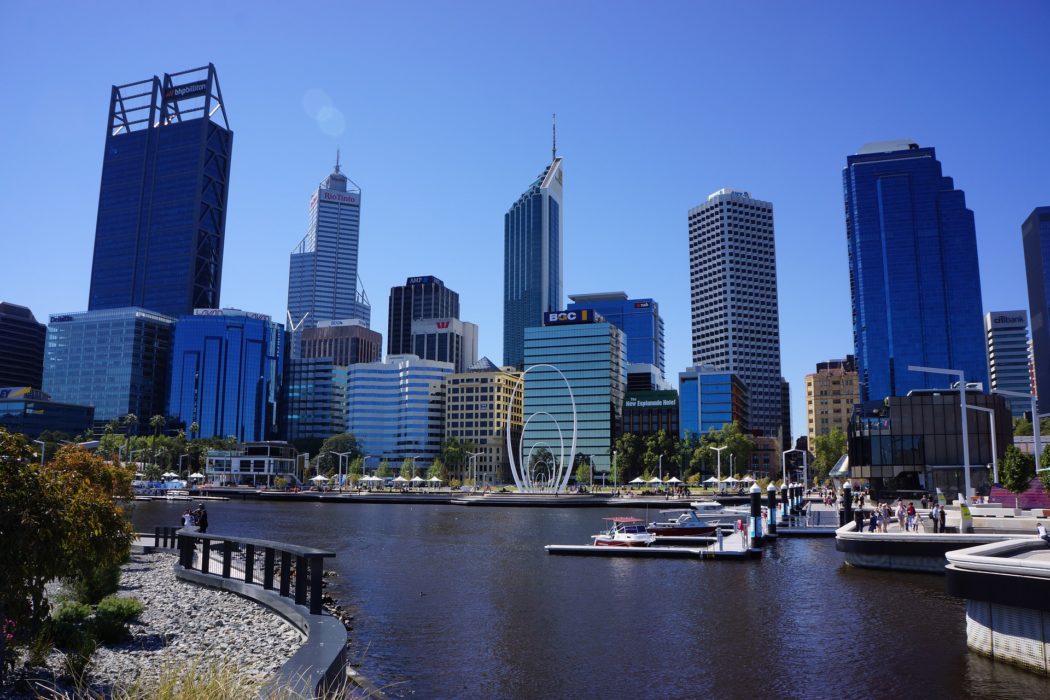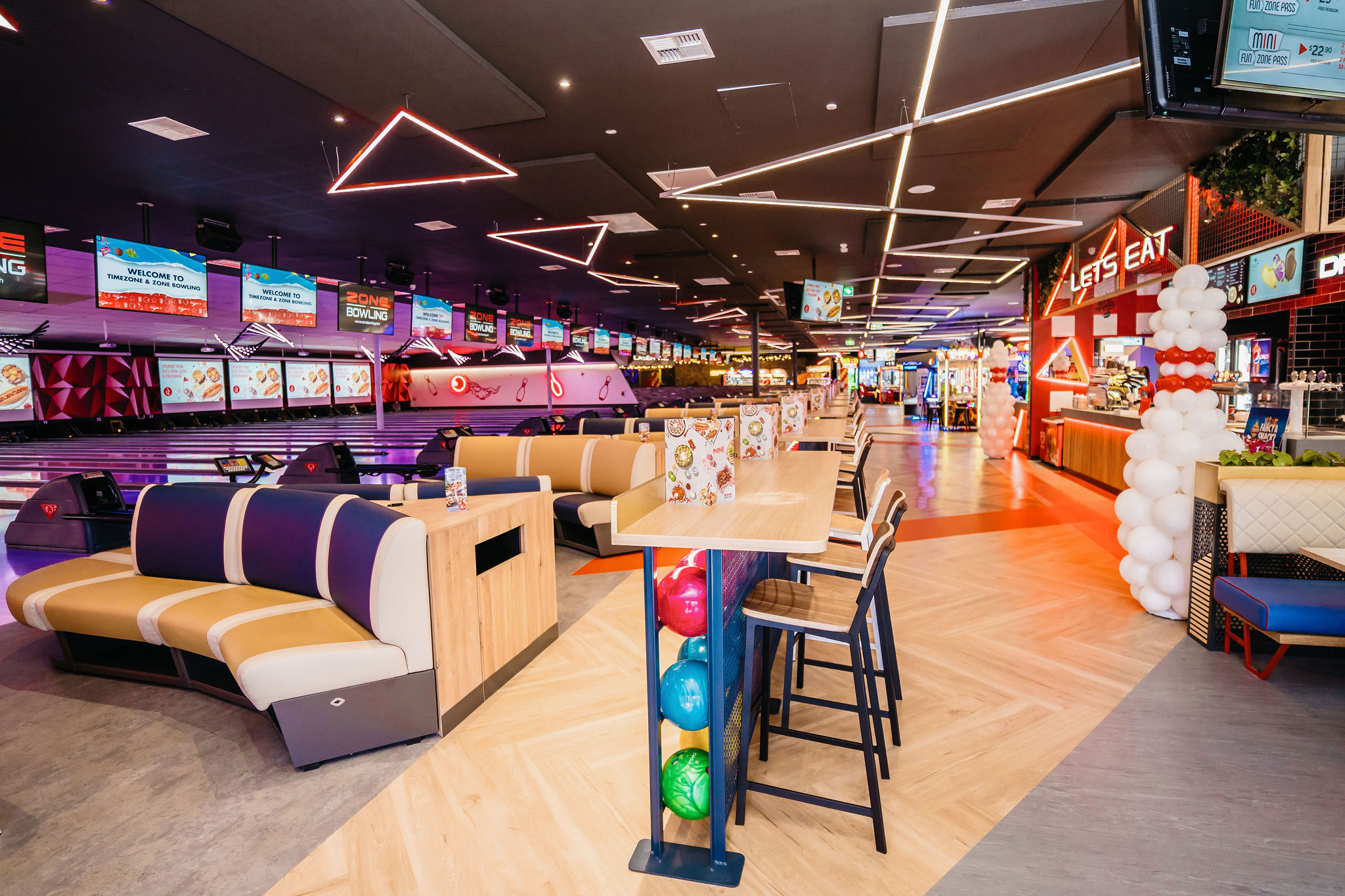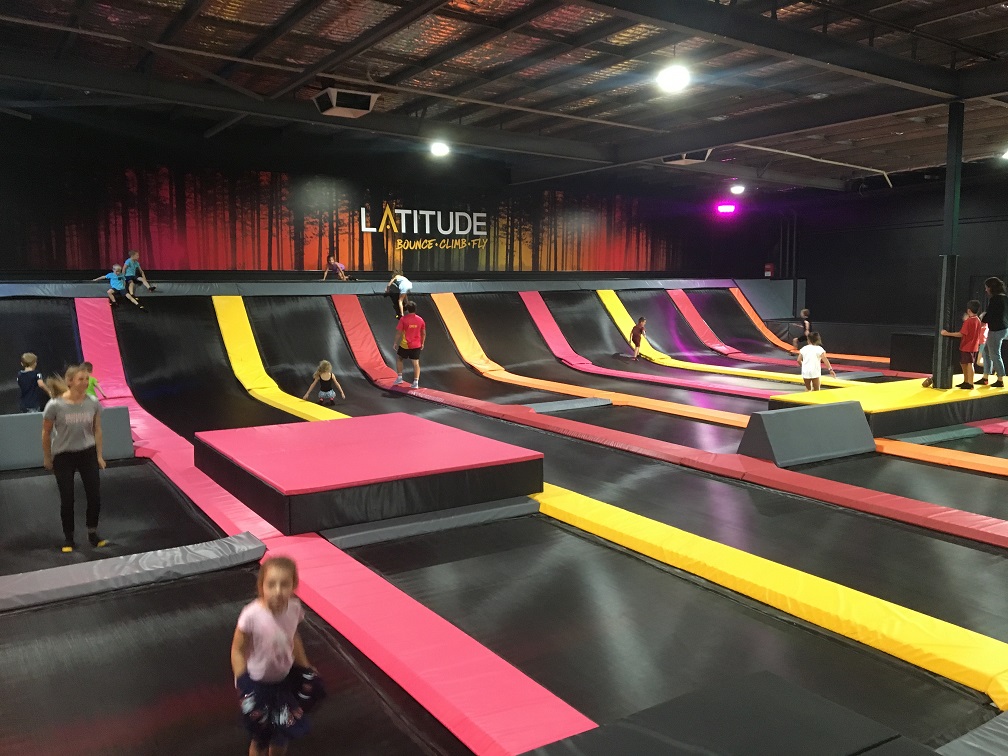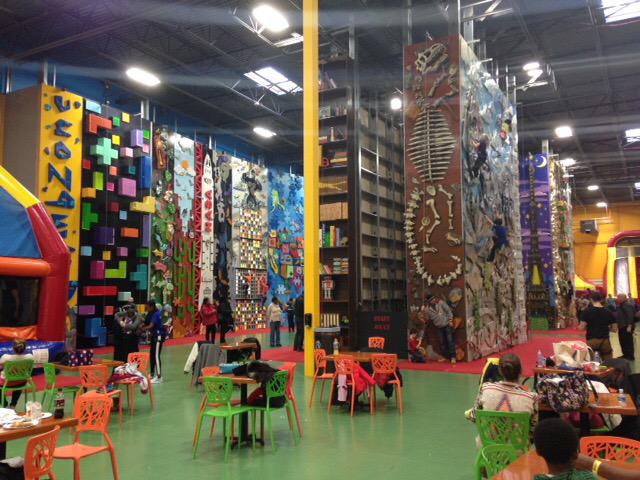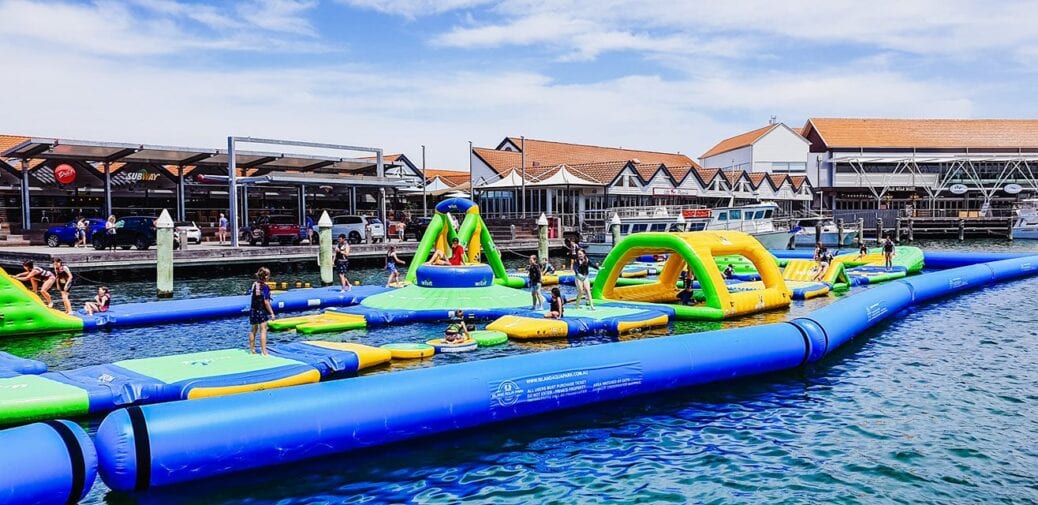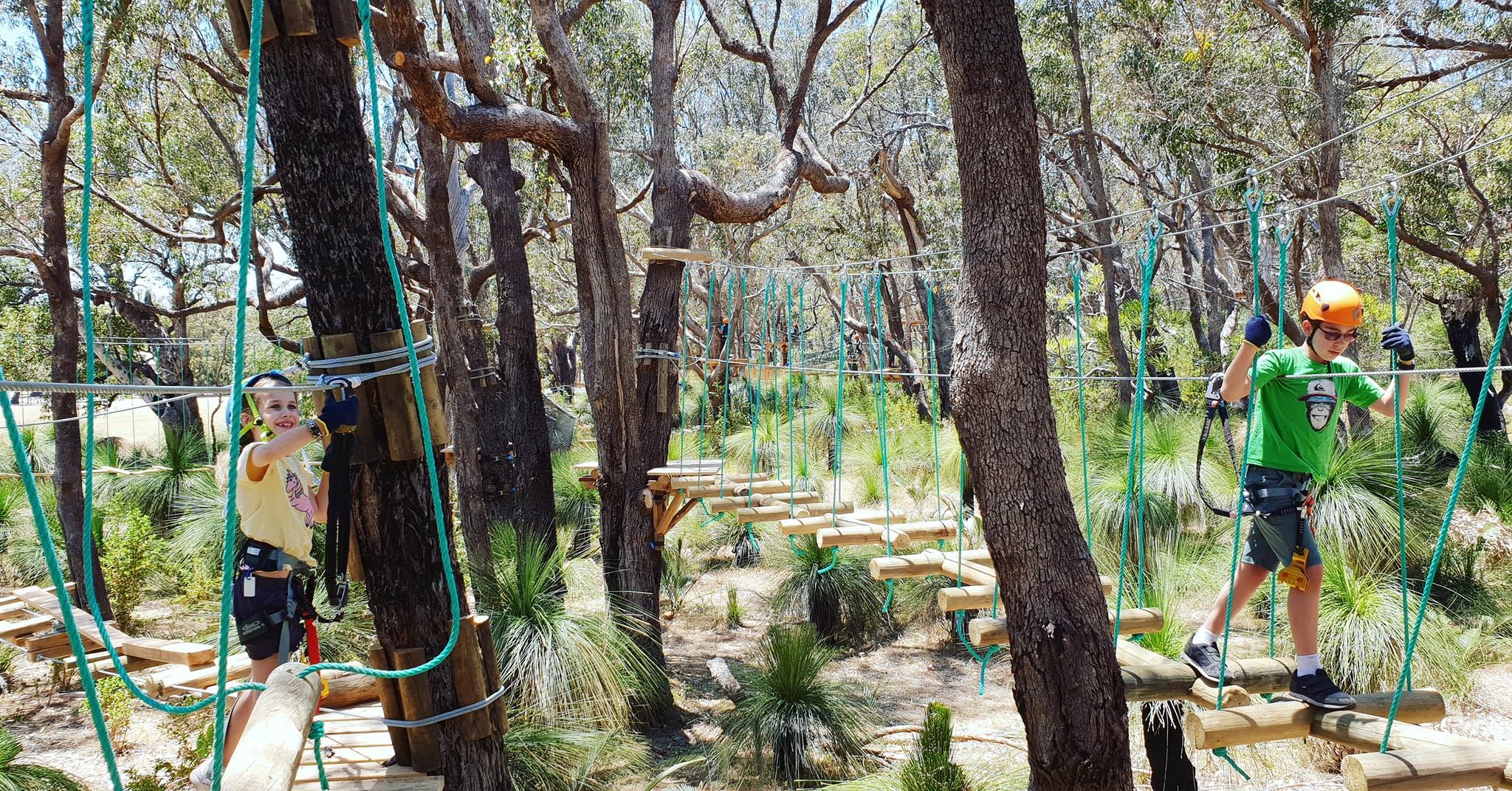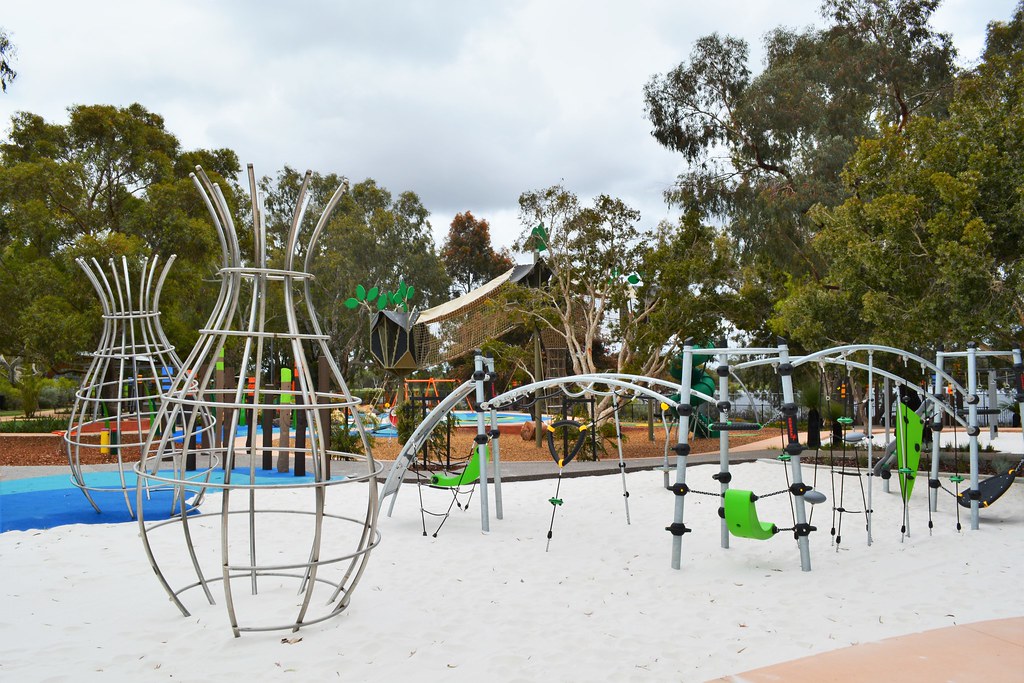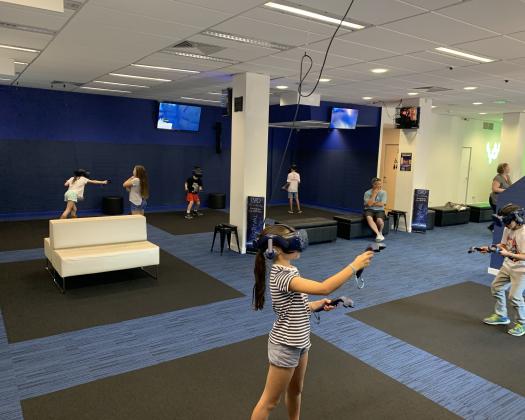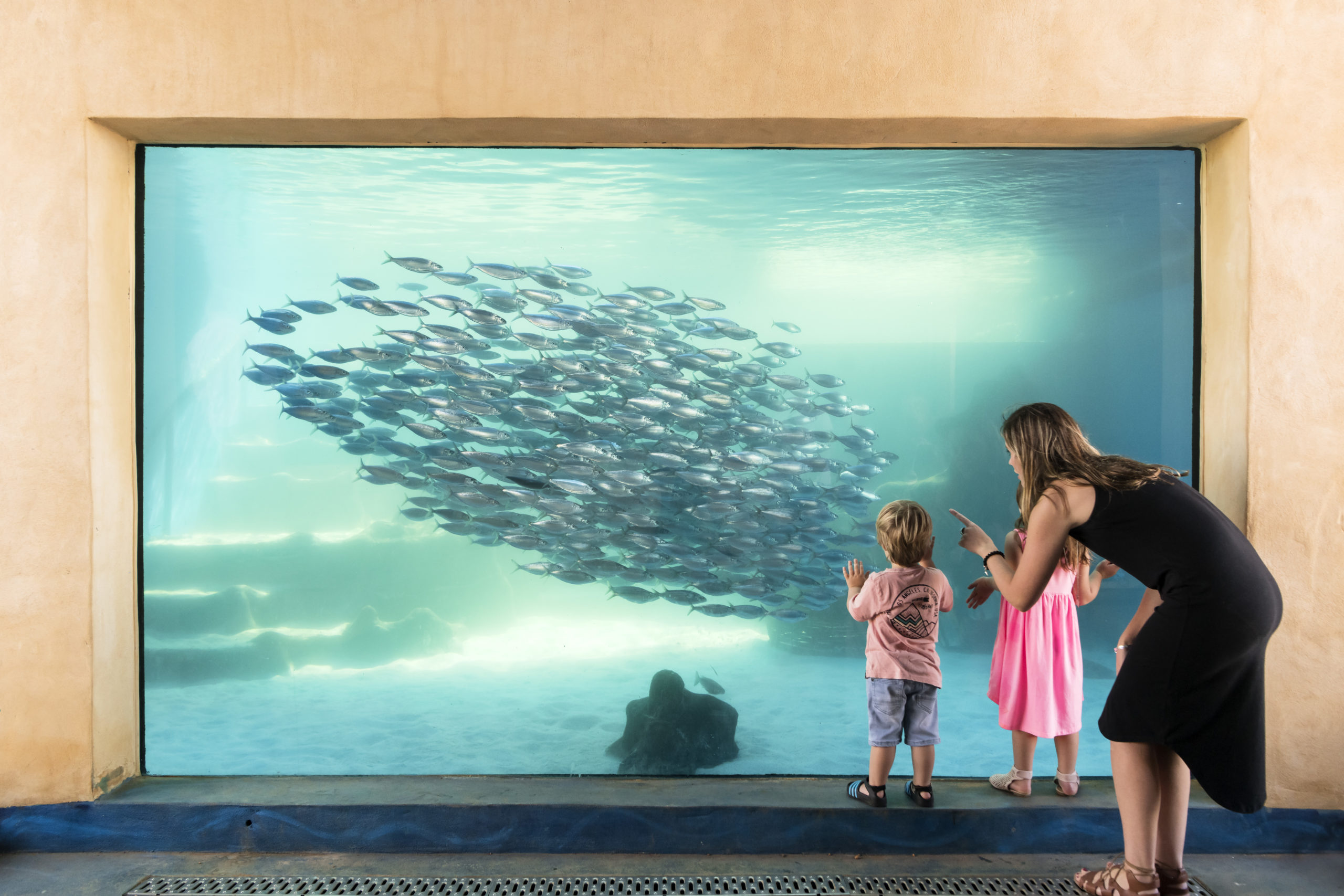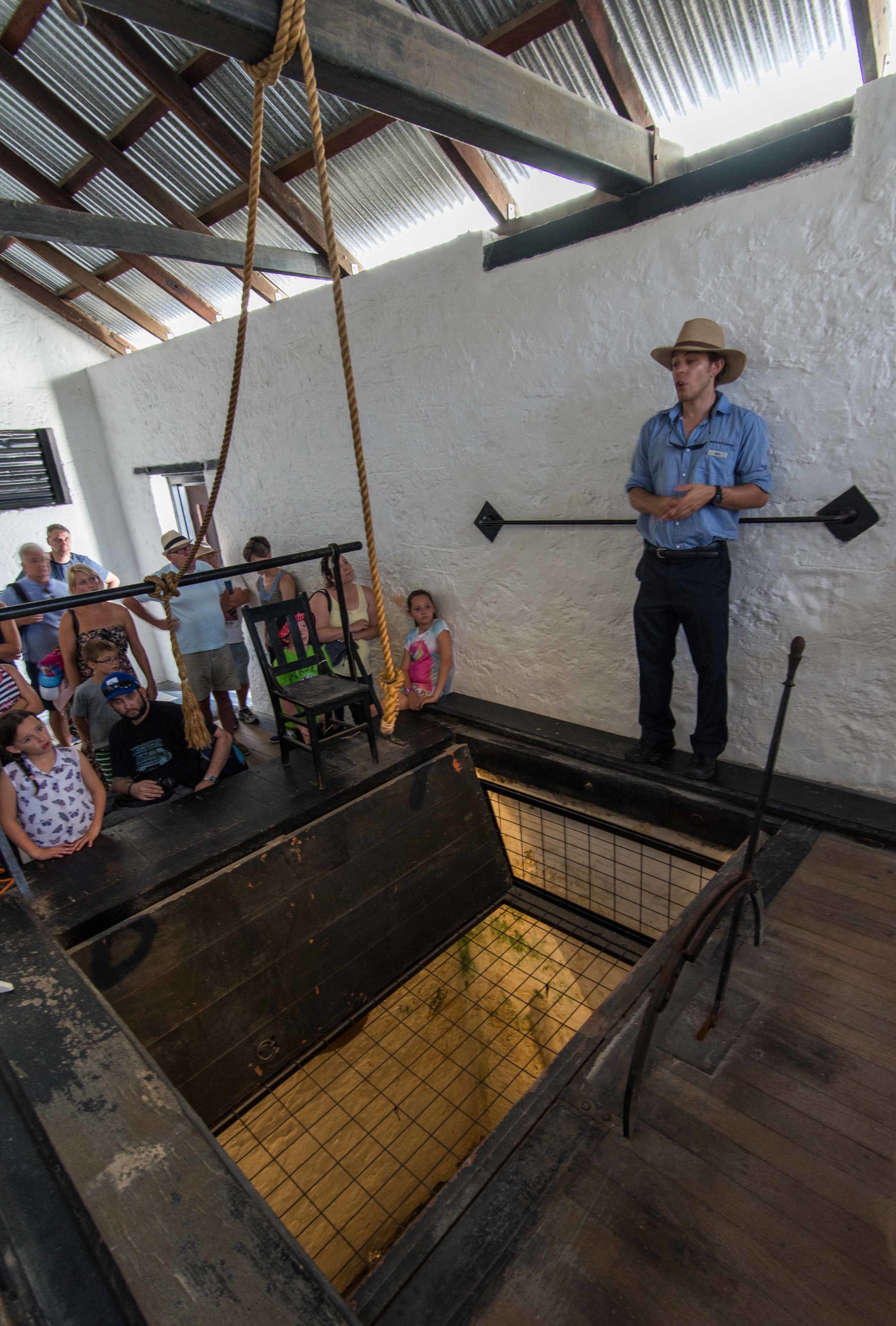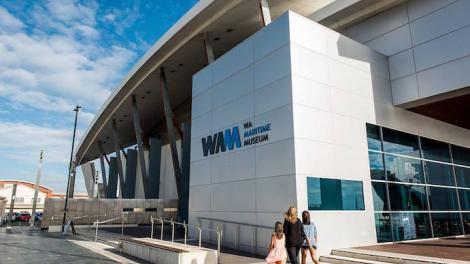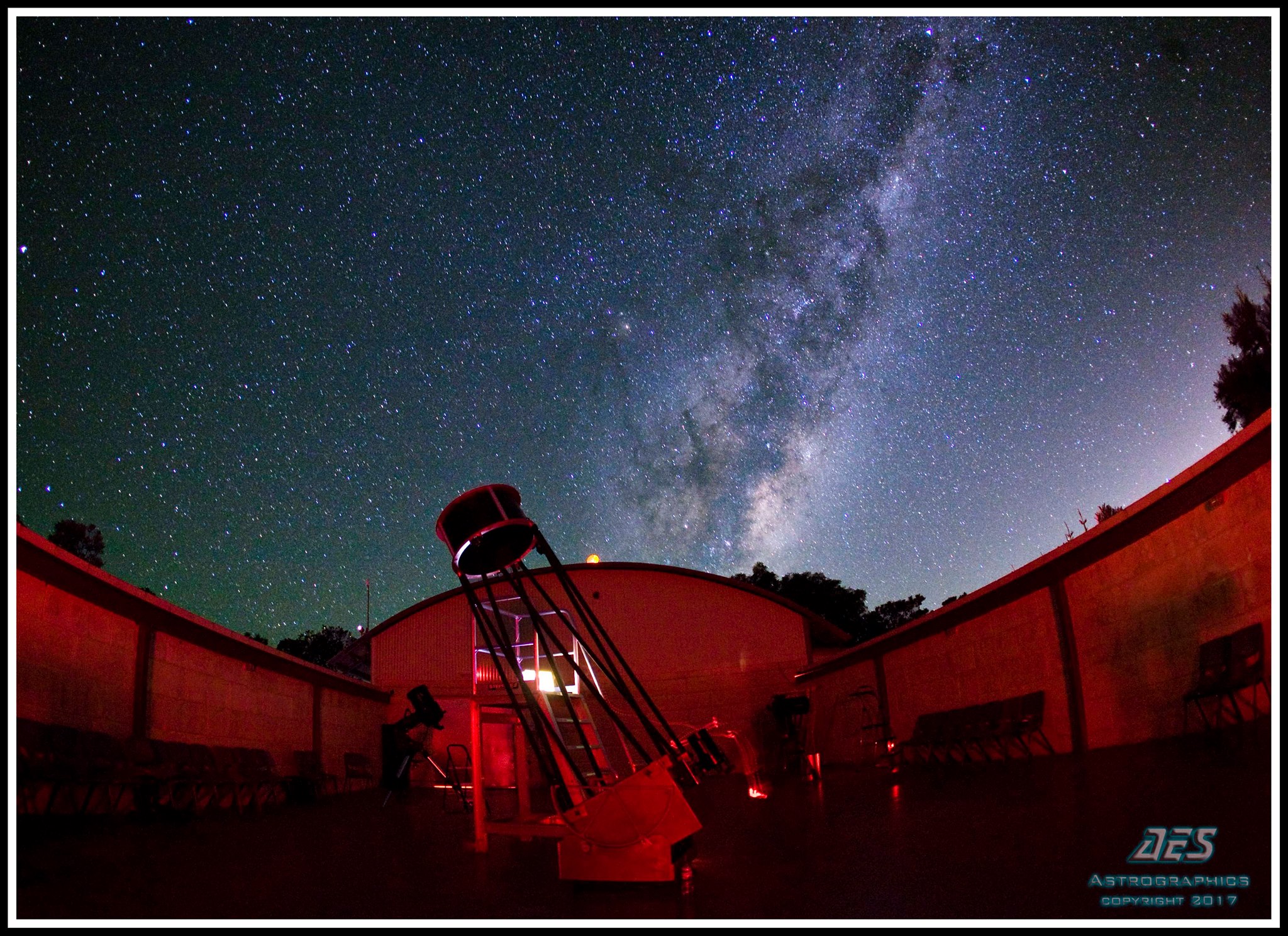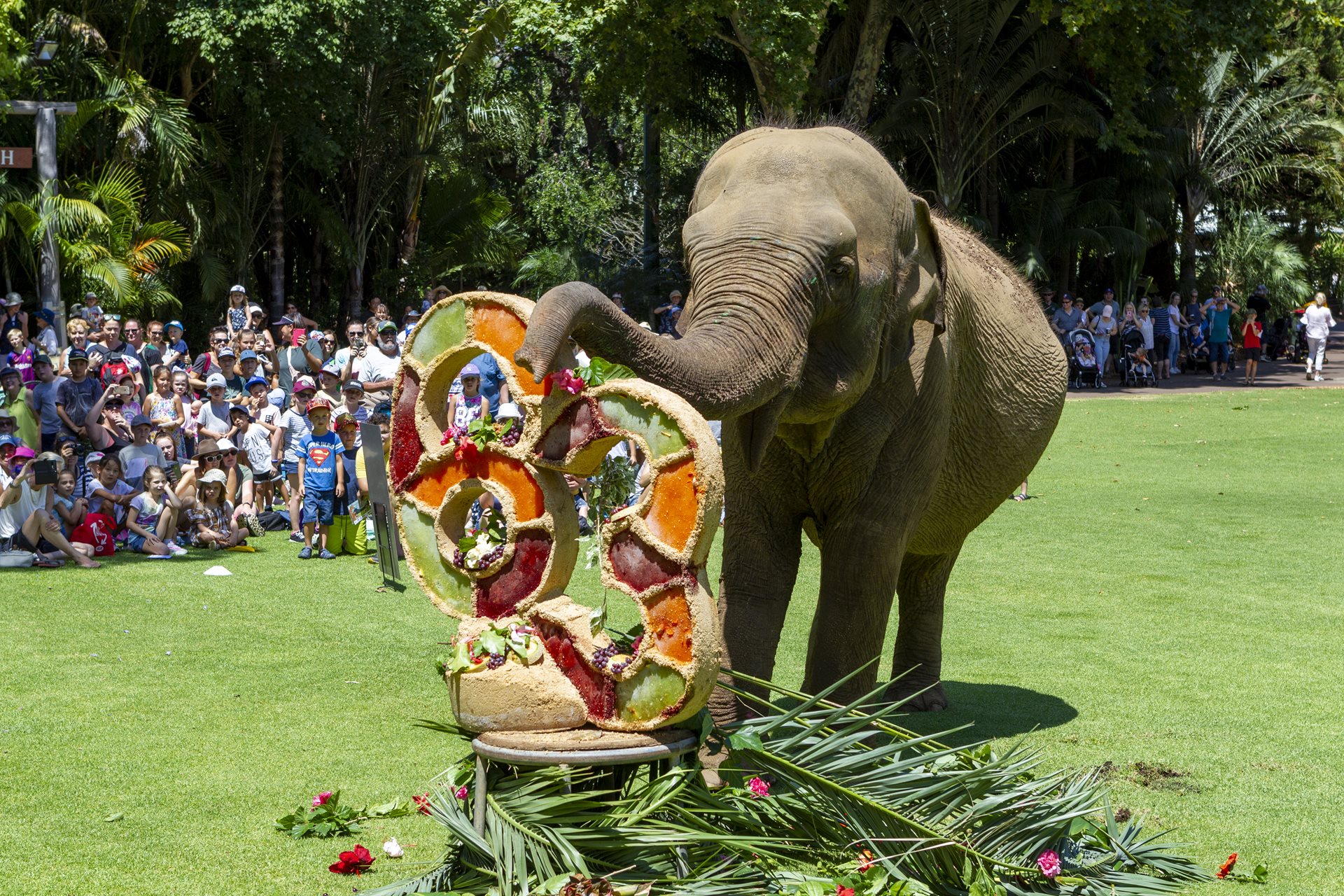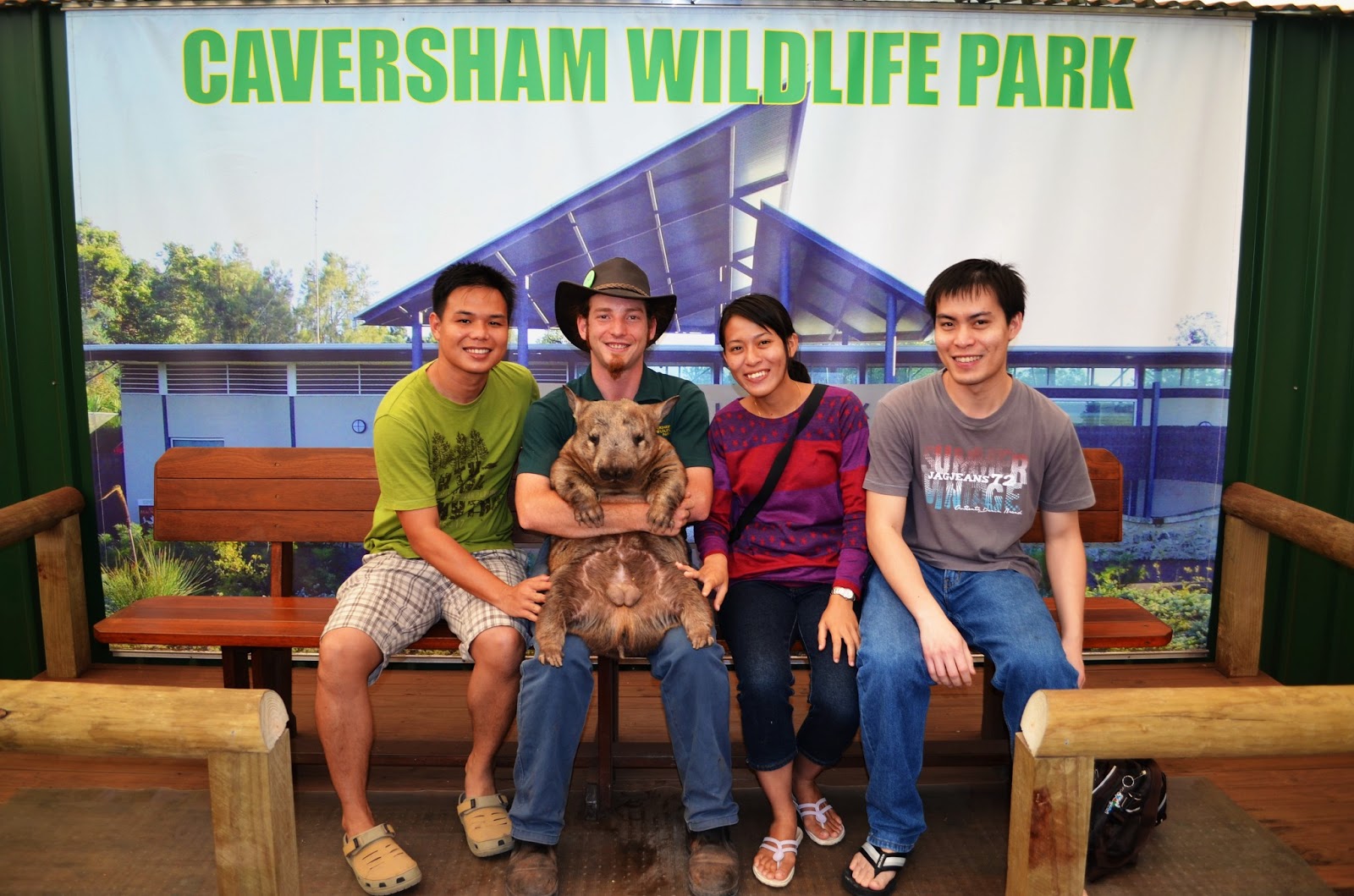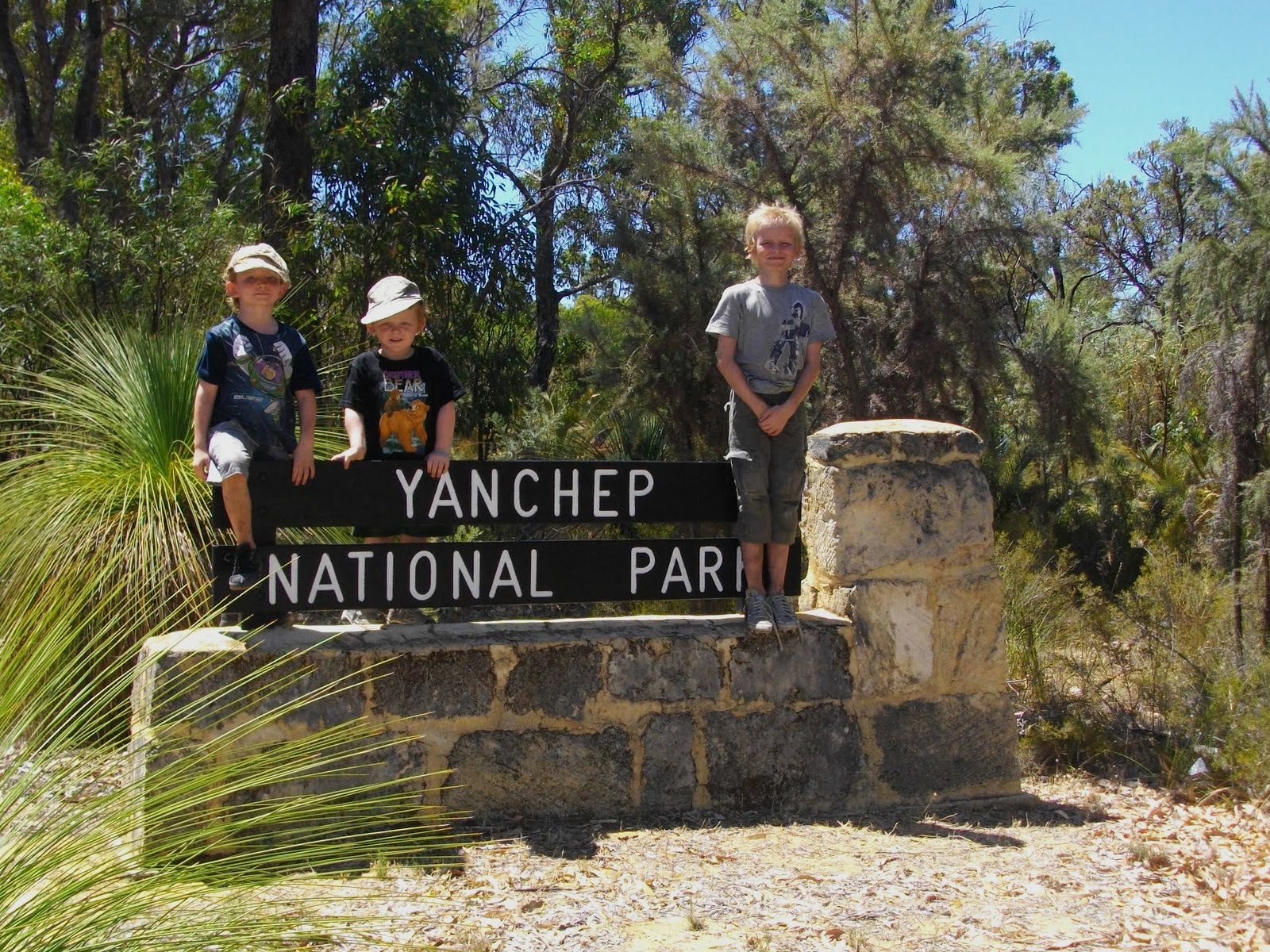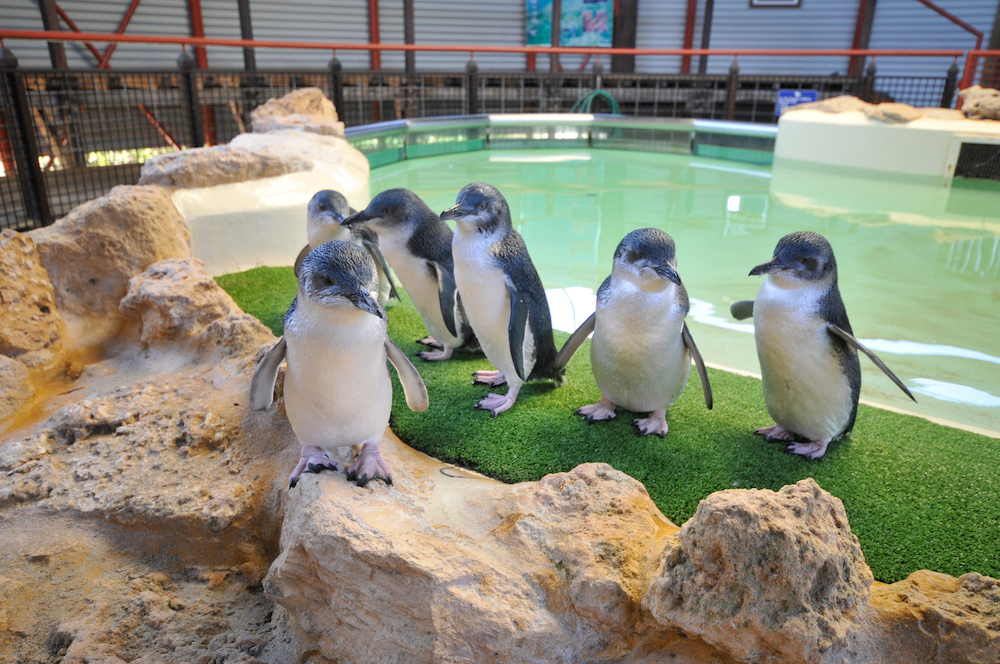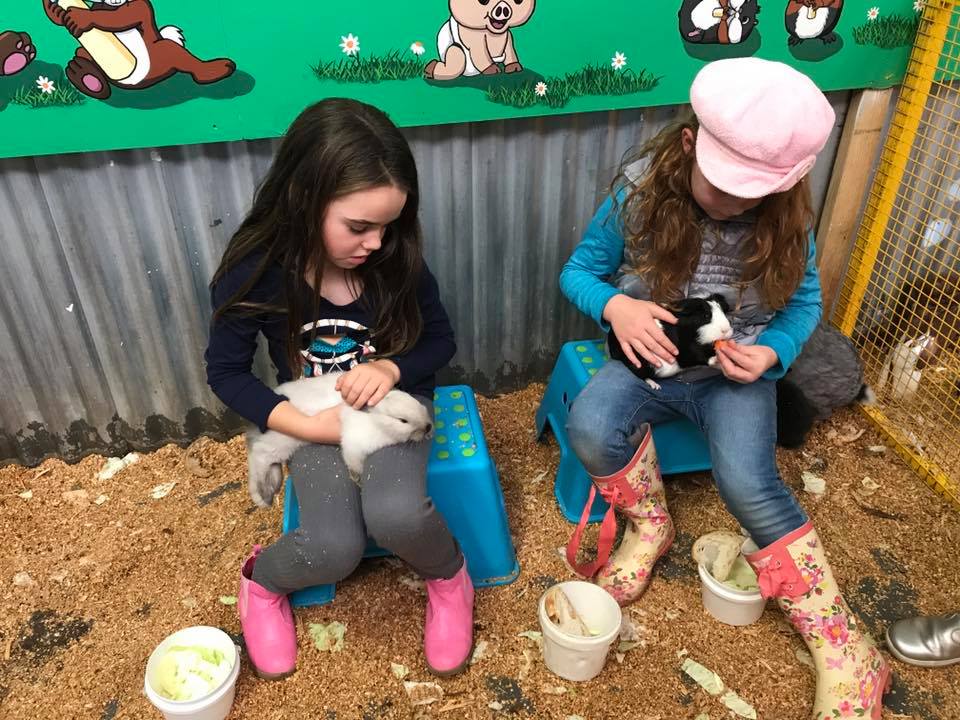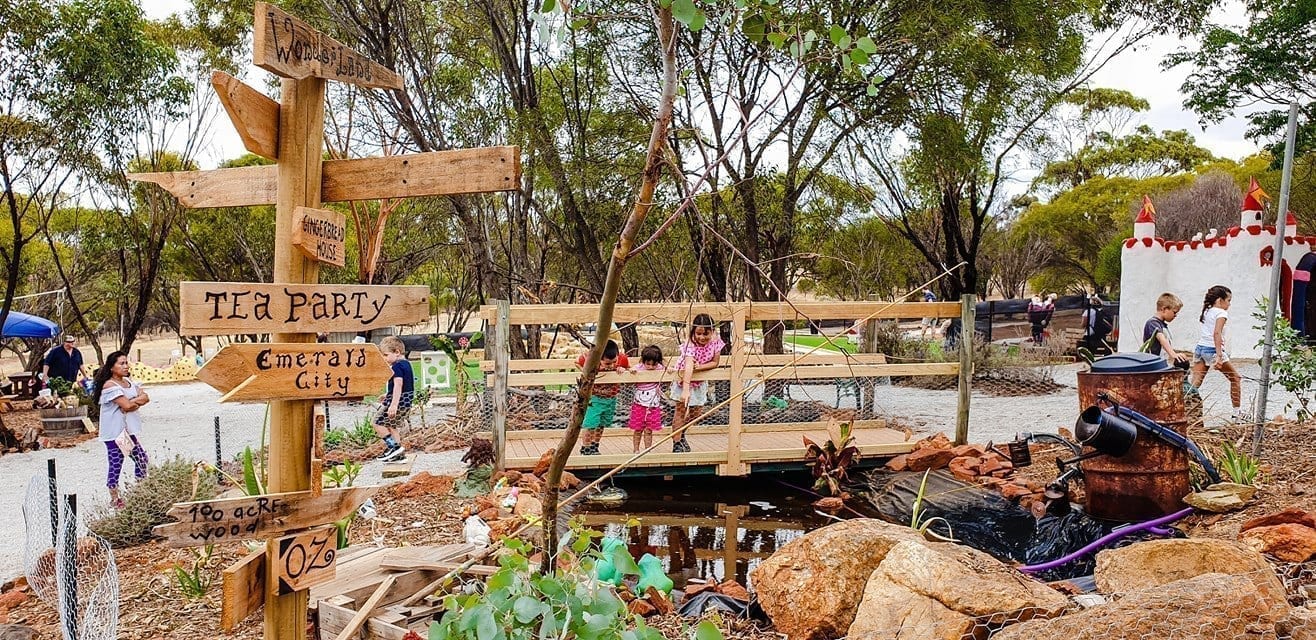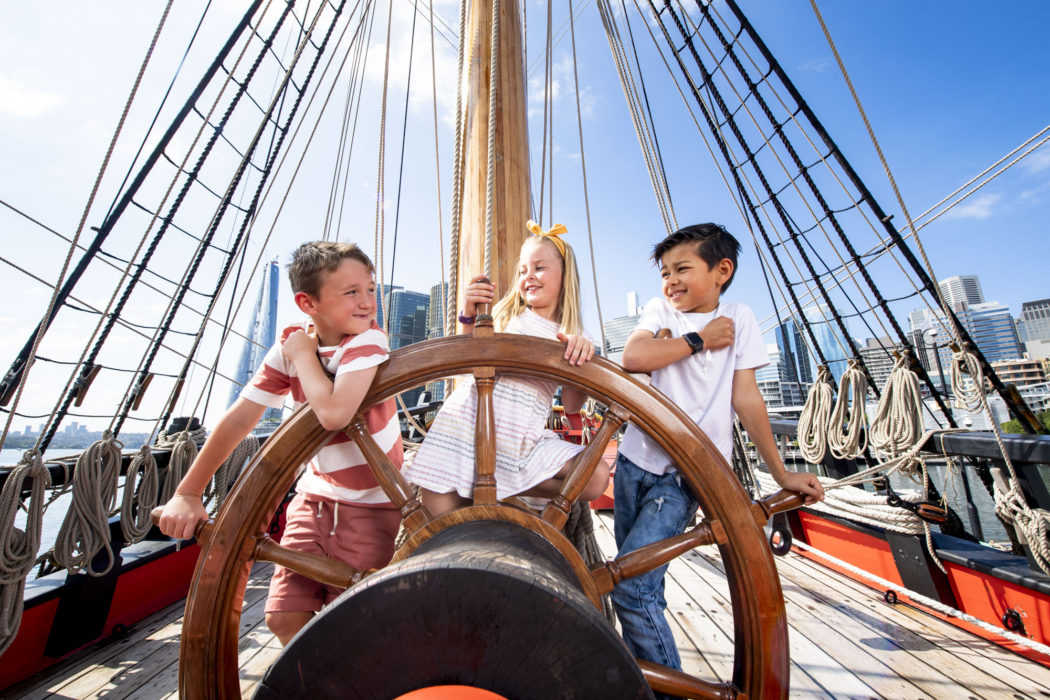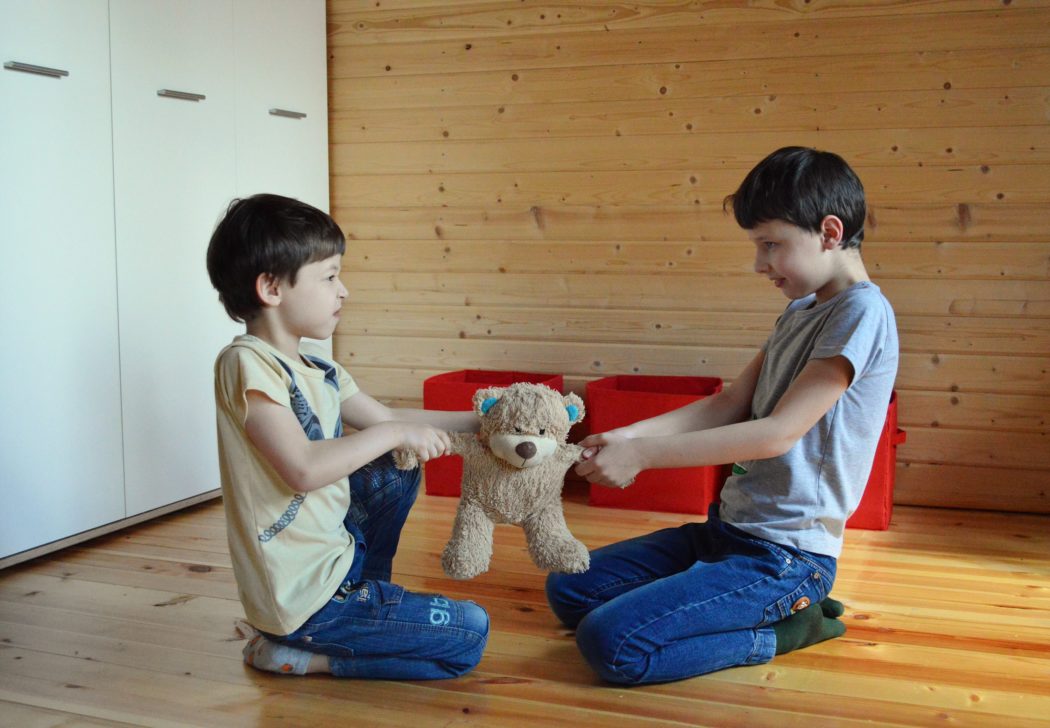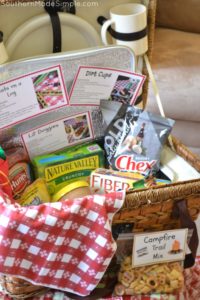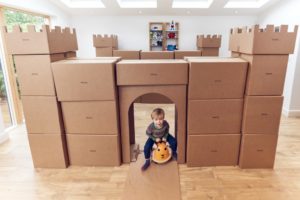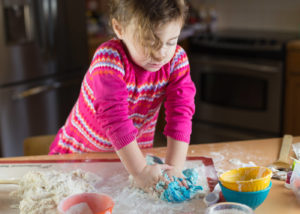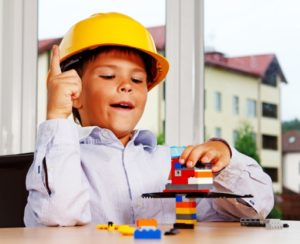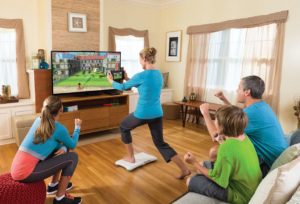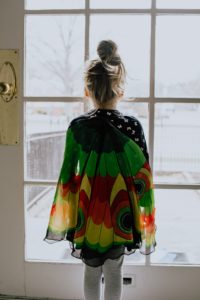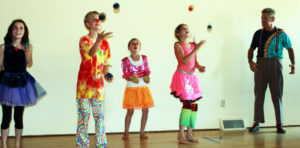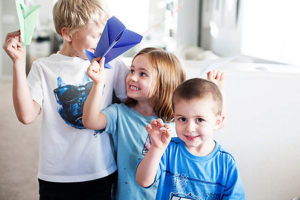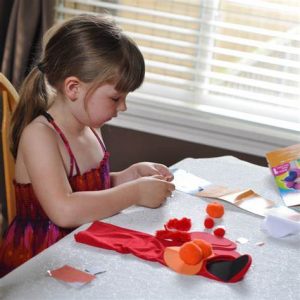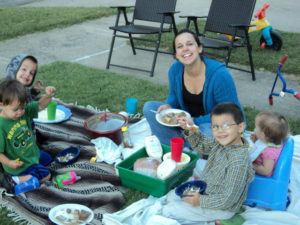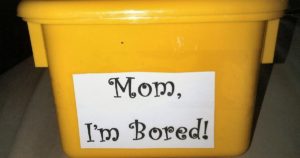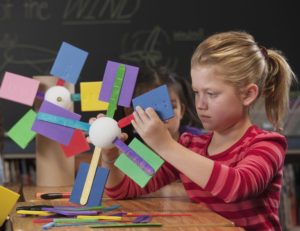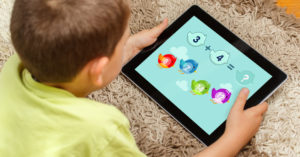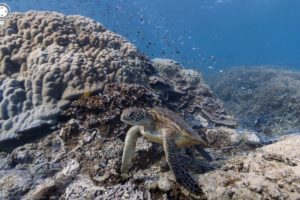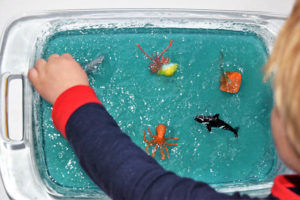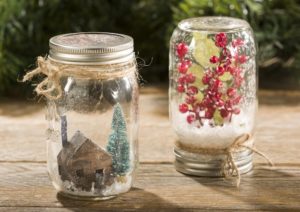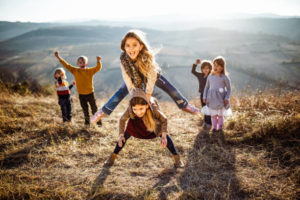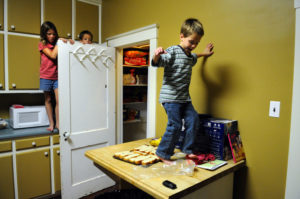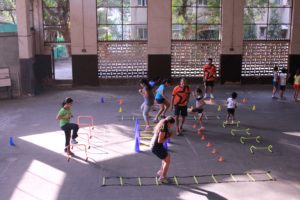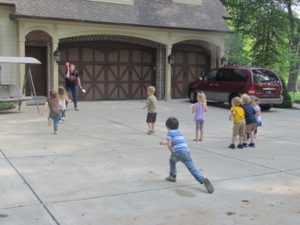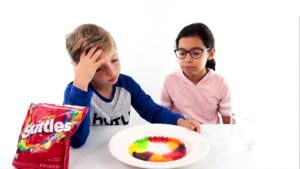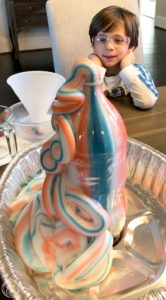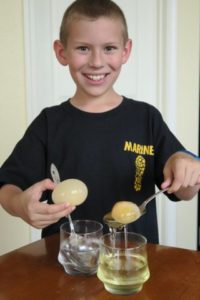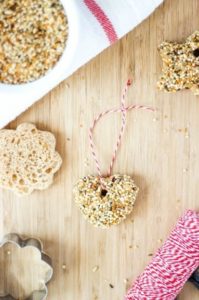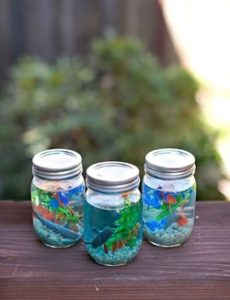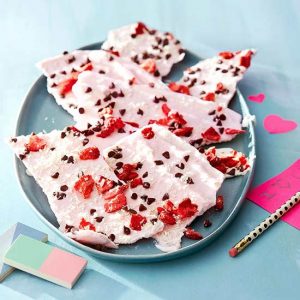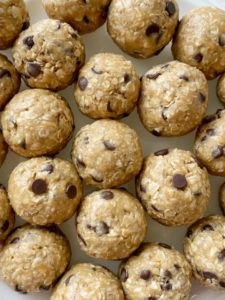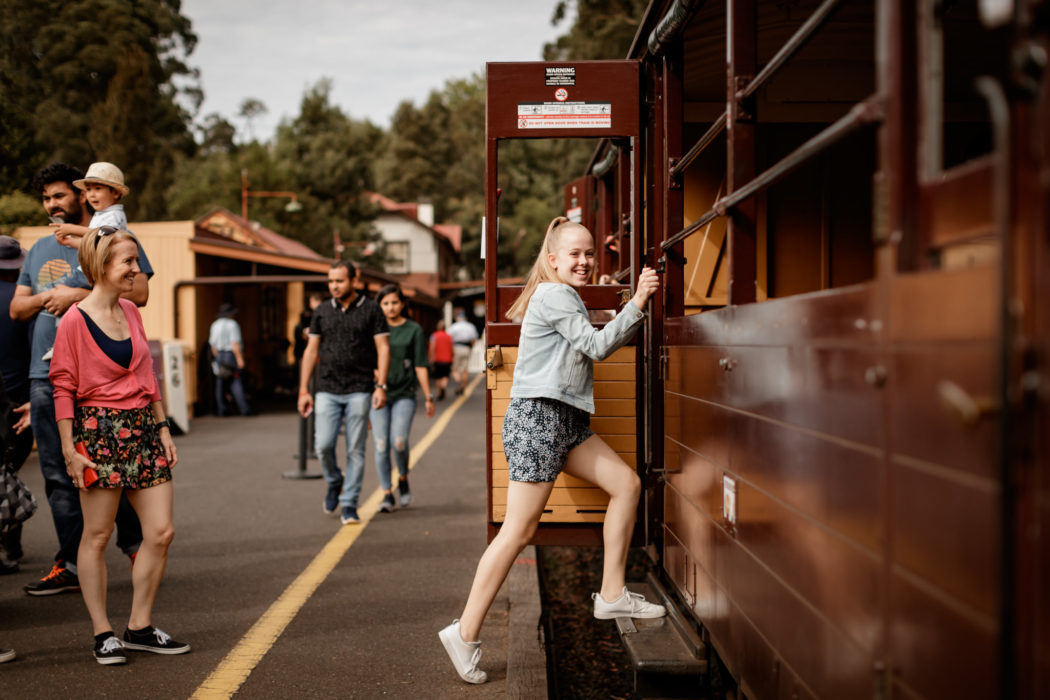Creative and Cheap Ideas to Keep the Children Entertained at Home
With school back in session, you may have run out of ideas to do with your kids, and due to last year, maybe on a strict budget.
Well, here is a list of fun, creative, and fantastic ideas that are cheap, can be done in the comfort of your own home, that is sure to entertain the whole family!
Have an indoor picnic:
This is perfect for those scorching hot days when you don’t want to leave air-conditioned comfort or for those days when it is pouring outside. To make this activity a bit more unique, why not come up with a small menu that the kids can help out with.

Make a Fort:
Forts can be made out of just about everything, but if you want to get real creative try using cardboard boxes. The kids could draw on the of the cardboard boxes to replicate a castle or a garden.

Have a movie night:
Put sleeping bags in front of the television and cook microwave popcorn and hot chocolate. You can put on a marathon of movies like those from Disney or Christmas movies that the whole family will love.

Make your own Playdoh:
Making your own playdoh is always a great option as some store-bought play-doh may have toxic ingredients if accidentally eaten. However, this particular recipe is safe and nontoxic!

Ingredients:
2 cups of flour.
½ cup of salt.
2 tablespoon of cream of tartar.
1 ¼ cup of boiling water.
1 ½ tablespoon of canola oil.
Sandwich bags.
Food colouring.
Directions:
Step 1:
In a bowl, mix all of the dry ingredients together.
Then, add the oil and boiling water to the mix.
Step 2:
With a spoon mix all of the ingredients in a bowl.
Once mixed thoroughly, and the mixture is warm (not hot), mix by hand.
Roll the playdough a few times on a flat surface using both hands (like pizza or bread though), until thoroughly mixed and soft.
Step 3:
Divide the playdough into 4 equal parts.
Press an indentation in the centre of each piece.
Step 4:
Place a few drops of food colouring in the indentations you made on each dough batch.
One by one, roll each playdough batch until the colour is thoroughly mixed into the playdough.
Scavenger Hunt:
Scavenger Hunts are an excellent and creative idea to entertain the kids at home. You can hide a few toys in the sandpit and send your kids on a hunt to find them. You could even go around the house and put together a list of items that are around the house and send the kids to find them. This is definitely a great indoor and outdoor activity, depending on the weather.

Build Something:
Building with blocks and Legos sparks the children’s imagination as well as their motor skills. You and the kids can come up with something to build, and you can have a competition trying to develop that idea. A little healthy competition never hurt anyone.

Video Game Competition:
Have a competition with your child on their gaming console (Wii, Nintendo etc.). You can split the family into teams (girls vs boys; parents vs kids). This helps the children know what healthy competition is and how to deal with their emotions if they lose.

Play Dress Up:
Kids love to dress up as their favourited character, favourited princess, and even their parents. Maybe pick an outfit out of your closet and dress them up as if you were going to work. It will be fun for them and a cute picture for saving.

Dance Party:
Put on some of your child’s favourited music and dance with them. You can teach them dance moves that you learned from your parents. This can be anywhere from the waltz to the electric slide.

Learn to Juggle:
Try to learn how to juggle together. It will be fun to learn a new skill together and maybe a hobby you two can continue to learn and practice.

Paper Airplane Competition:
Make paper aeroplanes and see who has the one that can fly the furthest. There are many different plane design to follow, and you can test which one is the best option.

Create a Puppet Show:
Creating a puppet show will let the kids come up with the design of the puppets as well as the storyline of the puppet show. This can also include what the set, lighting, and script will be.

Backyard Picnic:
Pack up a healthy lunch or leftover. Grab a blanket and some pillows and set up a spot in the yard. While eating, you can set up an outdoor movie viewing of your favourite family film, or you can bring out books and read a chapter out loud to the whole family.

Bord Box Ideas:
Get the kids to decorate an empty tissue box. Write on pieces of paper various activities. This could include everything from playing a board game, reading a book, Skyping or calling a friend or watching a movie, to a chore like cleaning their room or washing the car. This tissue box then becomes the ‘I’m bored box’. If the kids say they don’t have anything to do, get them to choose a piece of paper from the box with a suggestion that they have to complete.

Educational:
Crash Course Kids
Crash Course Kids is a bi-weekly show educational Youtube from the producers of Crash courses all about grade school science, so if you have a science excited kid then this is sure to interest them.

Adventure Academy
This is a website is virtual games that incorporate learning into the. The kids can have fun but are mentally stimulated at the same time.

Virtual field trips for kids that like to learn:
Virtual field trips are fun and educational, and now you have the option to go places while in the comfort of your own home.
Google Arts and Culture Program:
This is an online program through Google that allows users to view images and videos of artworks and cultural artefacts from different museums from around the world.

Great Barrier Reef:
Now that Google has launched Google Street View, you can take a virtual dive of different Great Barrier Reef Dive Sites.

International Space Station:
This involves a live stream of the International Space Station that shows crews on duty, Earth views available from space and even audio conversations between the crew and mission control.

Arts and Craft:
Sensory activities differ from other types of play as the emphasis on the senses amplifies the activity. Sensory play is any activity that activates one or multiple senses, and all kinds of play have the potential to become a sensory activity.
Edible Fish Small World Sensory Play:

Materials:
Two Blue Jelly packages.
Colourful and edible fish.
Jumbo tweezers or any other fine motor tool.
Container.
Directions:
Follow the directions on the back of the jelly box.
Once the jelly is set, cut the jelly into cubes but leave it relatively untouched so the children can squish it up and create their own ocean all themselves. This is an excellent way to work in more fine motor practice.
Now it is time to add the fish. This is especially fun for a toddler as they love poking and squishing things, so burying the fish in the gelatin is loads of fun for them.
For older kids who are ready for more of a fine motor challenge, you can use tongs or tweezers for kids to go “fishing”. Those little fish are slippery, so it’s quite the task to catch them.
You can extend the learning in this edible fish small world sensory play a bit more by:
- incorporating counting as kids add or remove the fish from the sensory bin
- working on sorting and having kids sort the fish by colour
- practising patterning with the fish
And when you’re done have a refreshing squish snack!
DIY Snow globe:
Select a focal point object to use in your simple DIY snow globe jar. It is helpful to have several sizes of jars available. Perhaps save a variety of types and sizes of jars before doing this craft. Clear glassworks the best. Use hot-glue to glue the focal point object to the centre of the lid of your jar. You may glue down other small things to the top such as pebbles or beads as long as they are not close to the edge where they would be in the way of being able to screw the lid onto the jar. Fill the jar halfway full of distilled water. Squirt in some clear glue and stir it into the water. This will thicken the water and cause the glitter to fall more slowly when the kids shake the snow globe. The more glue you use, the thicker the water will become. For extra fun, add some glitter. When you are content with the amount of water in your jar, screw the lid tightly onto the jar. The focal point object should fit nicely inside. You can glue the lid on if you’re concerned the kids will try to open it later.

Active:
Leapfrog
Many of us played leapfrog as kids and could play for hours. This is a great idea to play outdoors and will definitely tire the kids out. You can make it even harder to add more people to the line-up.

Hot lava:
Hot lava is a game that everyone should know. The object of the game is to jump or climb on anything that is not the floor when anyone says, “The Floor is Lava”. This one works best indoors but can be quite creative when playing outside. You can even go as far as setting up an obstacle course that everyone has to follow.

Circuits:
This can be set up outside and can have several stations where the kids have to do a particular exercise at each place. When the time runs out, then they would have to switch to the next one until they complete the course. This one will definitely tire them out and may even get them to take an afternoon nap.

Red light, green light:
Well, everyone knows this game. One person is the caller, and they will either yell red light or green light. Red means stop and freeze, and the green light means to go forward. The first person to get to the caller wins. It is a great way to get their heart rate going.

Science Experiments:
Skittles rainbow:

Supplies needed:
· Plate
· Warm water
· Skittles (Try different colours and flavours!)
Directions:
Grab your plate and organise the Skittles in a circle around the edge of the container. Kids can try different colour patterns each time they do the experiment.
Gently pour water in the centre of the plate. Warm water works better than cold. Make sure there is enough water to go past the Skittles while filling the container.
Wait and watch the Skittles colours move towards the centre of the plate with beautiful rainbow streaks.
That is it. It is so quick and easy!
Elephant toothpaste:

Supplies Needed:
A clean 473 ml plastic soda or water bottle.
A 20-volume hydrogen peroxide.
1 tablespoon of dry yeast.
3 tablespoons of warm water.
Liquid dish soap.
Food colouring.
Small cup.
Funnel.
Safety goggles.
Adult supervision.
Directions:
Use the funnel to carefully pour ½ cup of the hydrogen peroxide liquid into the bottle.
Add about 10 drops of your favourited food colouring into the bottle and mix the bottle around.
In the separate small cup, combine the warm water and the yeast together and mix for around 30 seconds.
Use the funnel to pour the yeast-water mixture into the bottle and watch the fun begin.
Disappearing Eggshell:

Take a raw egg and put it in a cup.
You should see bubbles collect around the shell (a sign that a chemical reaction is taking place).
Leave for 4 to 5 days.
Go to observe.
You should now be able to see shell residue in the vinegar and the yolk whole in the egg white. If you still see white residue on the egg, you can rub this off lightly with your finger. I tried to lift the whole egg out of the vinegar but broke the membrane, but it is possible to lift it out whole.
Craft:
Bread and peanut butter bird feeder:

What you will need is bread, peanut butter, cookie cutters, birdseed and twine or string. First, we started by placing slices of bread on a cutting board. Next, you will put the cookie cutter on the centre of the bread, then had my daughter push down. You might have to help your child push the cookie cutter all the way through the bread, depending on how old your child is. After we cut out the shapes, I poked a small hole at the top of each cut out using a paper straw. This is where the twine will go through, so you can hang your feeders outside. Next, we let the cut-outs dry on the cutting board overnight. This allows the bread to harden. I flipped the bread over just once so that both sides of the bread would harden evenly. Once the bread has set, use a butter knife to spread the peanut butter on to the bread. After you have spread peanut butter on both sides of the bread cut-outs, roll the bread in birdseed until completely coated. I had to use the paper straw again to remove any peanut butter and birdseed that got inside the holes. Next, cut a piece of twine and tie in a knot.
Mason jar aquariums:

Supplies:
You will need a mason jar with a lid, blue food colouring, filtered water (tap is fine but come out a little cloudier). For extra fun, you can also get aquarium figurines, plastic plants, or rocks.
Step 1:
Add rocks, plants to the mason jar
Step 2:
Fill with water and add plastic sea creatures.
Step 3:
Add blue food colouring until you are satisfied with the colour.
Step 4:
Add glittering only if you want.
Step 5:
If you add glitter to make sure to add a few drops of glycerine if you want the water to flow more slowly.
Step 6:
Screw lid shut (at this point you can glue the lid with hot glue if you would like)
Step 7:
Gently swirl to see your sea creatures swim!
Cooking/Baking:
Get in the kitchen! Get the kids to help make brownies, decorate biscuits or for the festive season, make and decorate a gingerbread house. This is an excellent idea with the holidays fast approaching!
Frozen Yogurt Bark:
This recipe is not only quick but healthy and fun to make.

Ingredients:
Yoghurt of any kind, but plain will work best.
Sliced strawberries or chocolate chips.
Instructions:
Spread a layer of yoghurt onto a parchment-lined baking tray.
Top with the sliced strawberries or chocolate chips.
Freeze until firm, then crack into pieces.
Eat quickly, the bark melts fast.
4 Ingredients Energy Oatmeal Balls:

Ingredients:
3 cups of quick oats
1 cup peanut butter
1/2 cup of honey
1/2 chocolate chips
Directions:
Step 1:
Combine all the ingredients into a mixing bowl and stir together until well combined. Cover with a lid and put in the fridge for 20-30 minutes.
Step 2:
Roll into balls (slightly smaller than a golf ball). Then either eat right away or put back into the fridge for later.
